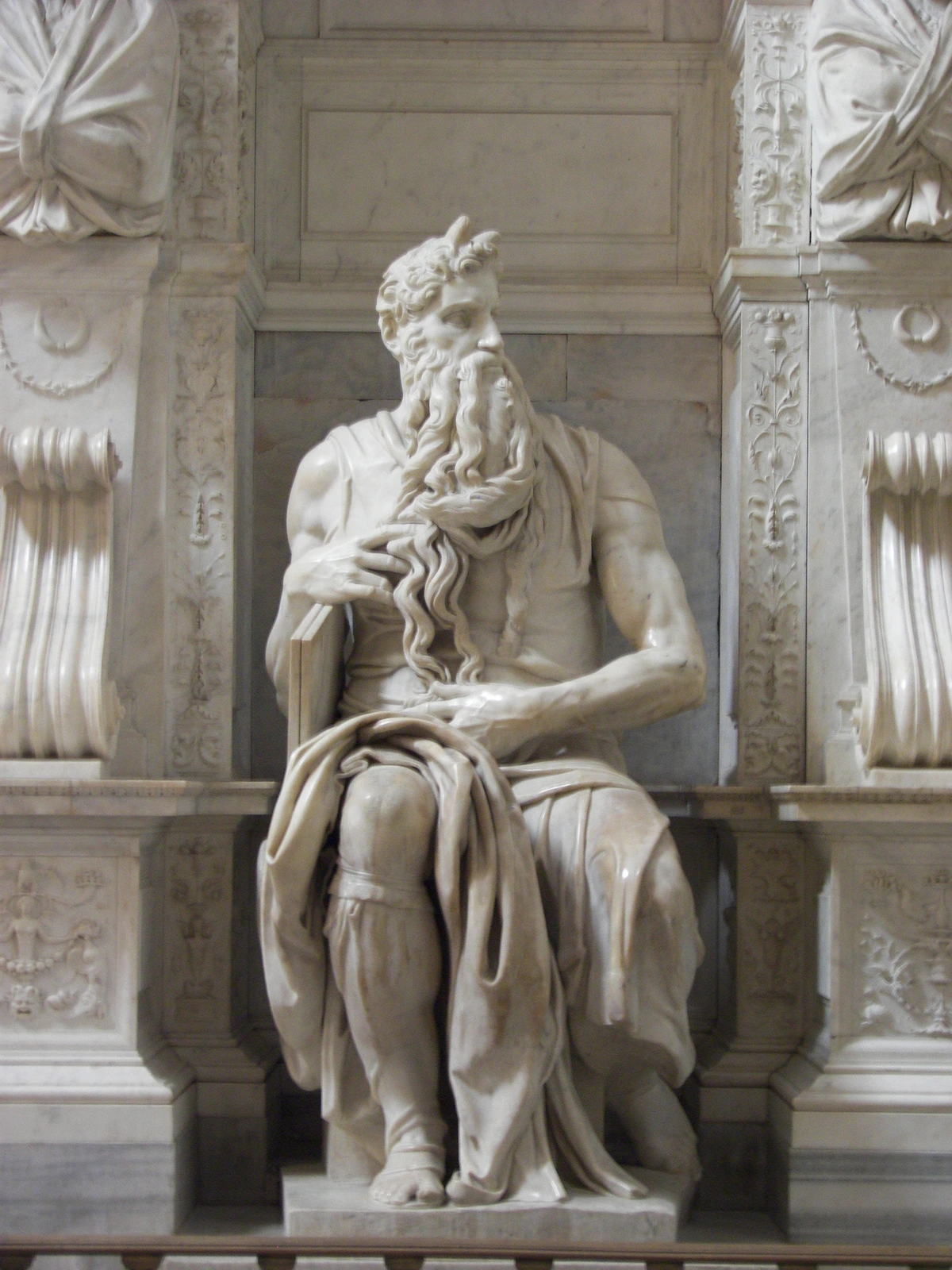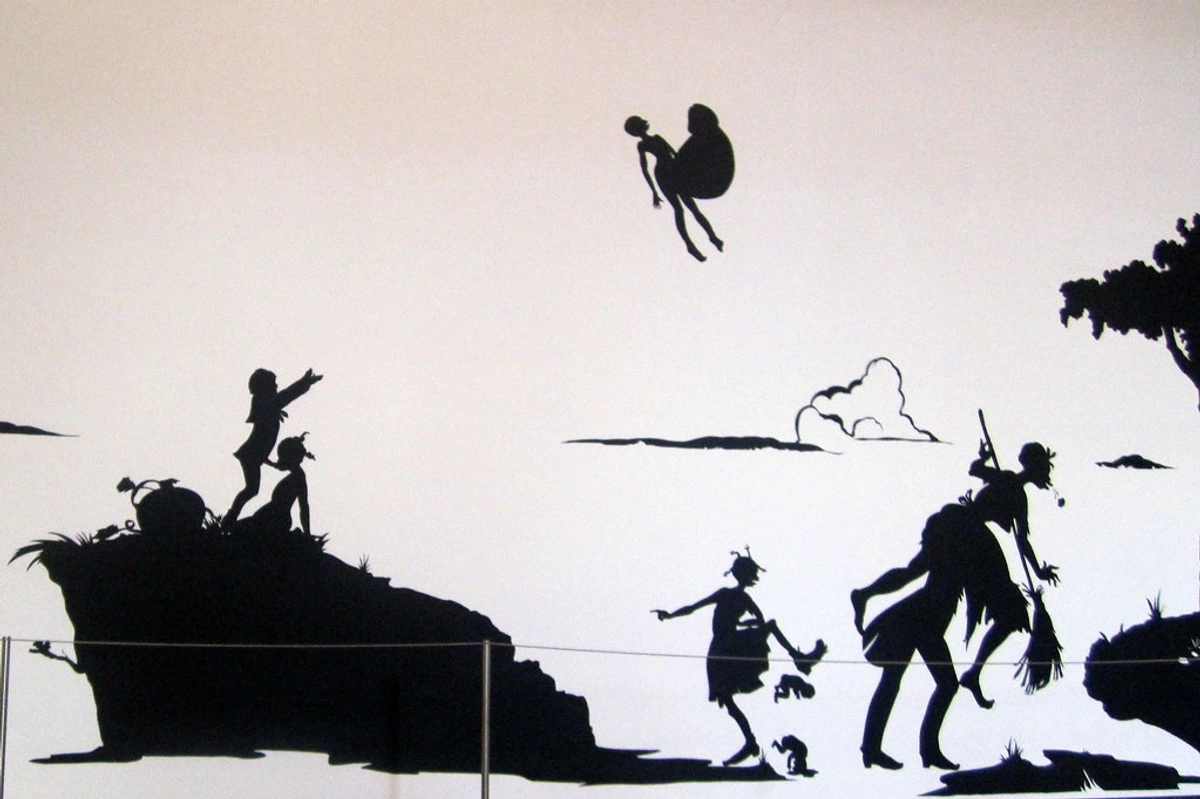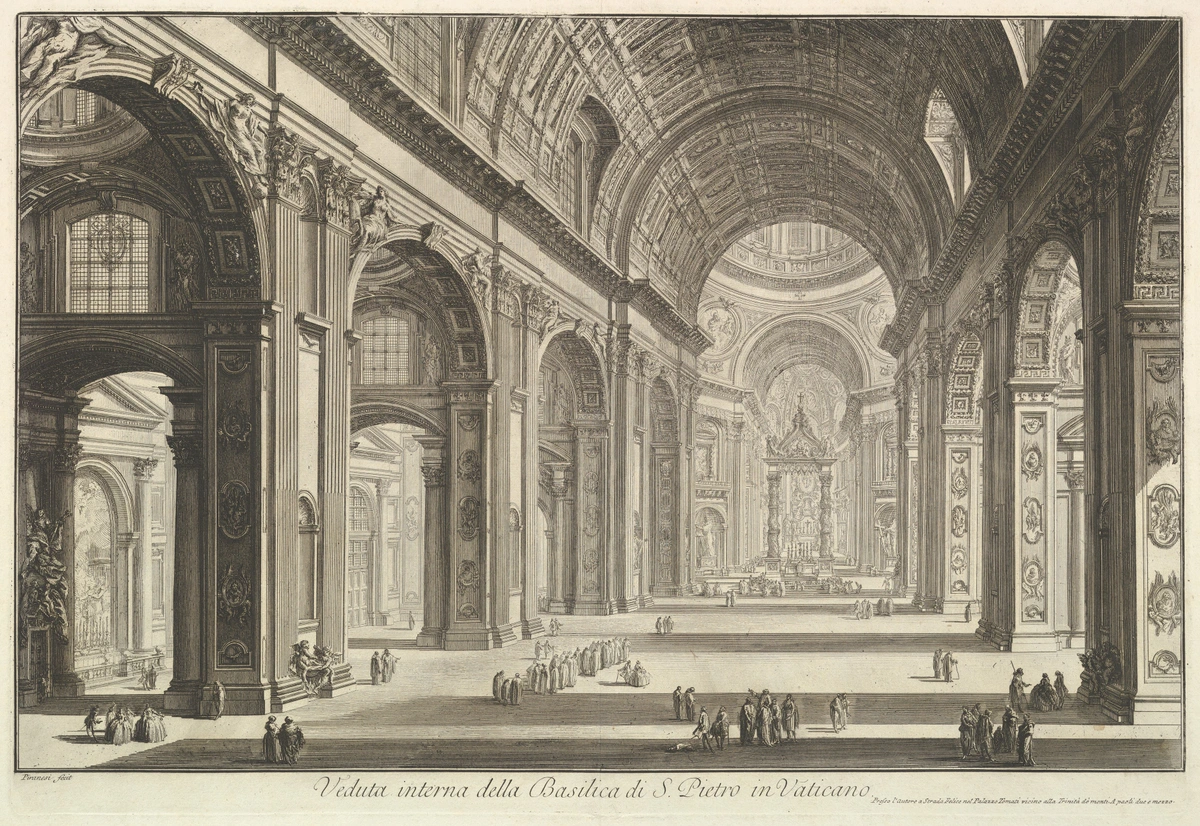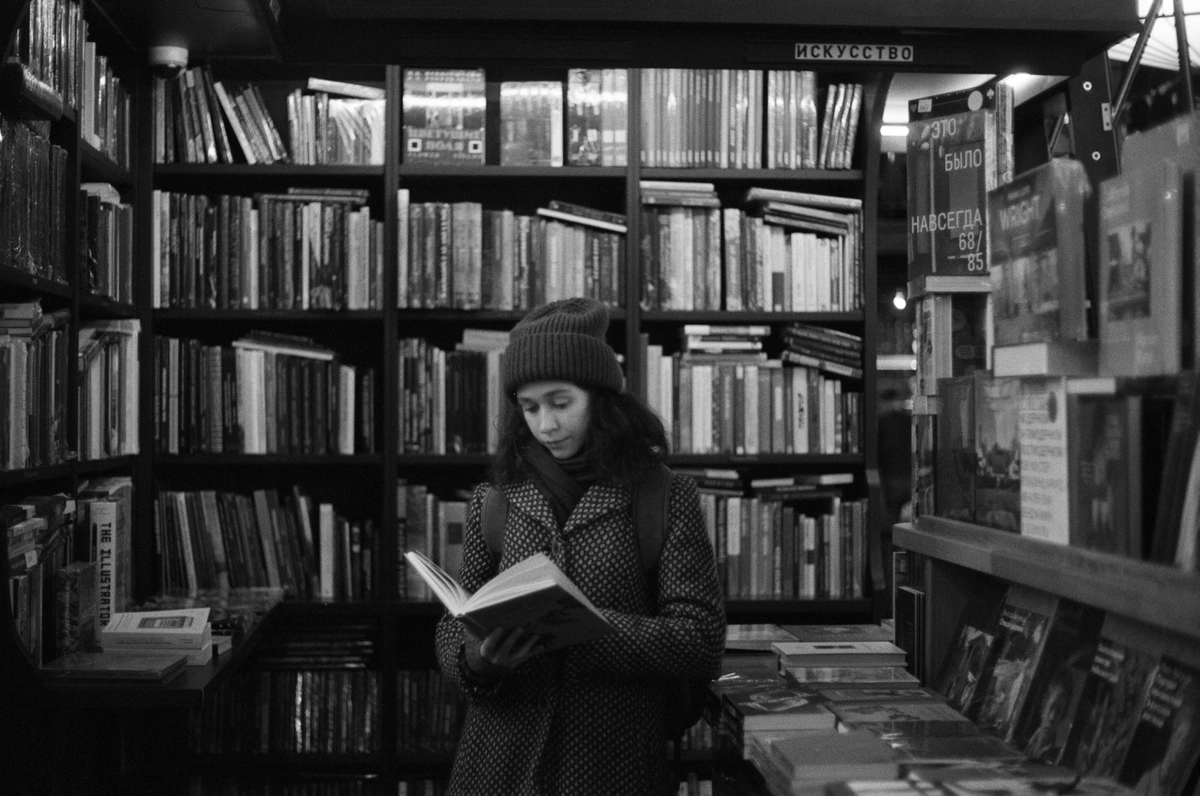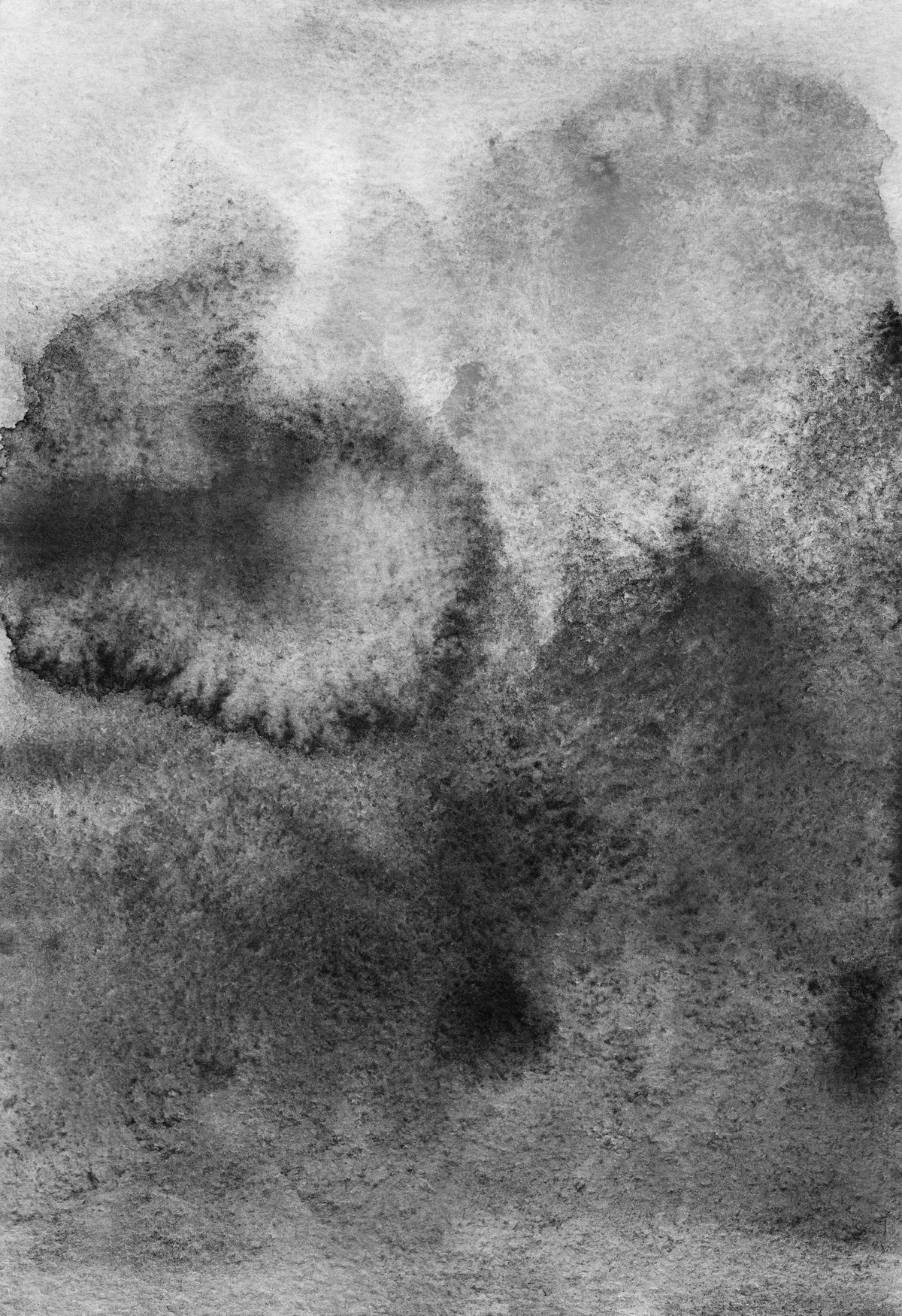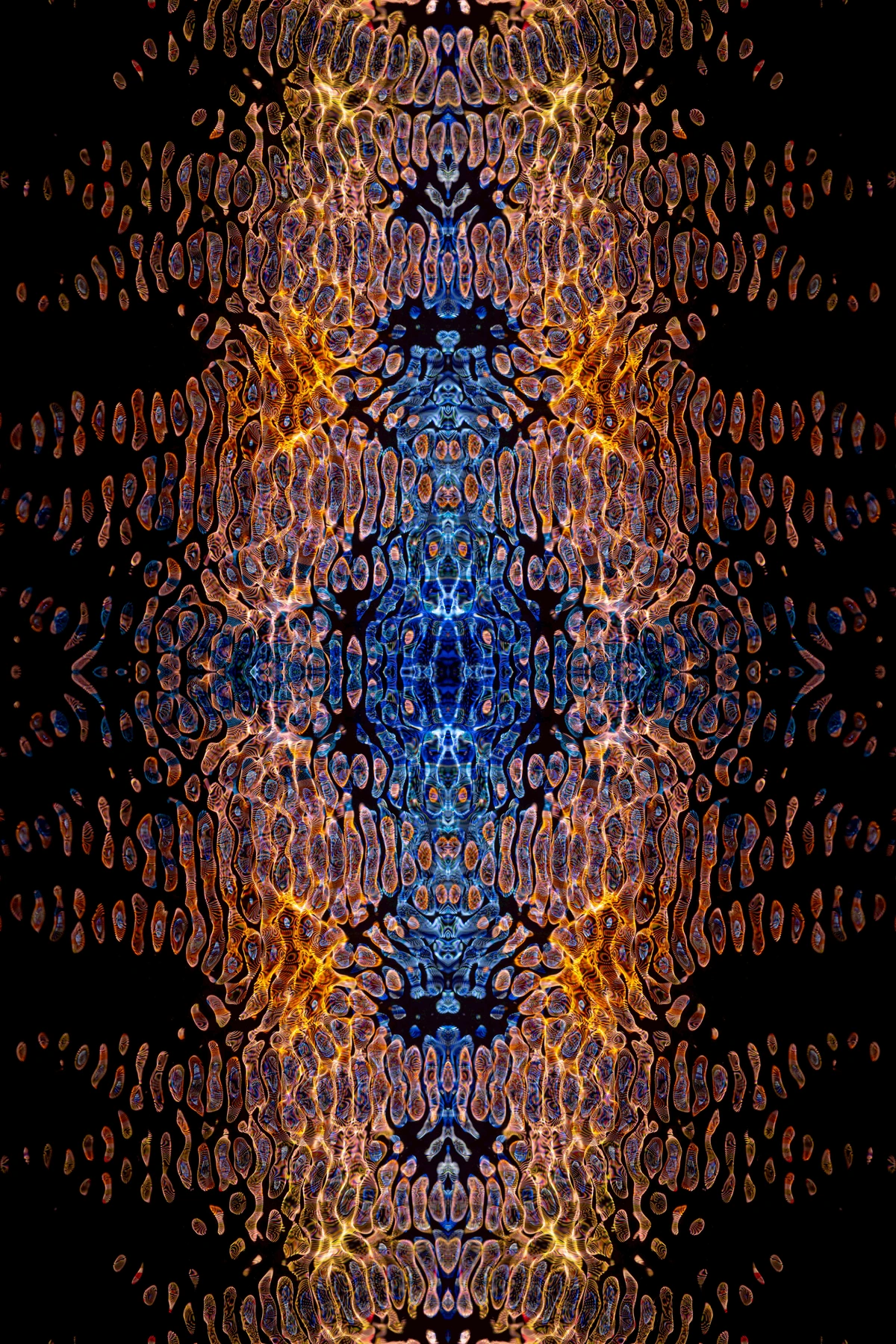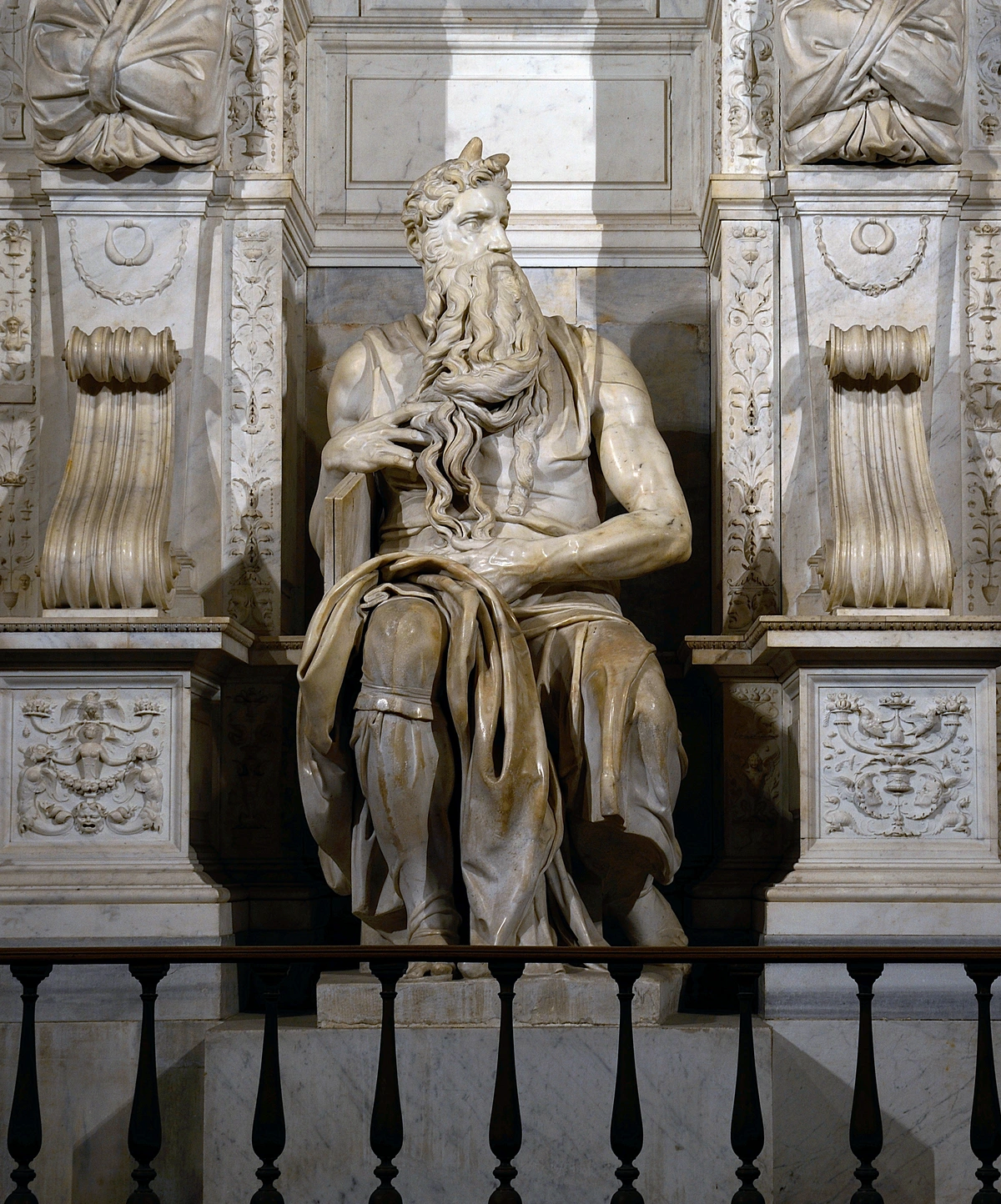
Renaissance vs. Baroque Art: Unpacking the Grand Divide (and Why It Still Matters)
Ever wondered about the key differences between Renaissance and Baroque art? Join me as I dive into the philosophies, aesthetics, and enduring impact of these two monumental art movements, exploring what makes each unique and why they continue to captivate us today.
Renaissance vs. Baroque Art: Unpacking the Grand Divide (and Why It Still Matters)
Alright, settle in, because we're about to embark on a journey through two of art history's most compelling, and often misunderstood, periods: the Renaissance and the Baroque. What sets these two epochs apart isn't just a matter of dates or styles; it's a profound dialogue with human experience, a visual diary of an era's deepest convictions, its soaring ambitions, and its tumultuous anxieties. For me, art isn't just about pretty pictures; it's a vibrant, contrasting, and utterly pivotal conversation that continues to echo through the centuries. I mean, think about it: how often do we truly pause to consider why certain art movements captivate us, or why they emerged when they did? Beyond just looking at the 'what,' I'm always fascinated by the 'why' – the underlying currents, the societal shifts, the philosophical revolutions that shaped these masterpieces. This grand divide between Renaissance and Baroque art, for instance, continues to inform how we understand beauty, power, and humanity itself, resonating in contemporary discussions about art's purpose. In fact, if you've ever stood before a work of art and felt a tug, a whisper of a story from another time, you've already started this journey. I know I have. And that's exactly why we're going to dive deep, not just scratching the surface, but truly unearthing the beating heart of these two monumental periods, exploring how each era's unique spirit found expression in paint, marble, and grand architecture, and why their insights are still incredibly relevant today.
I remember staring at paintings, feeling their inherent difference, but struggling to put words to that intuition. Was it the costumes? The expressions? A general 'vibe' that whispered of something more? It was like trying to discern the secret ingredients of a master chef's dish without a recipe. But once you dive into the philosophical underpinnings, the seismic cultural shifts, and the distinctive visual languages each period forged, the 'why' becomes brilliantly clear. And trust me, this isn't just academic; understanding this grand divide illuminates so much about where we've come from, and even where we might be headed. It's a journey well worth taking – one that reveals how art isn't just created in a time, but actively shapes it. It's about seeing how the world, in all its messy glory, found its expression in paint, marble, and grand architecture. This isn't just a comparison; it's an exploration of how humanity grapples with its biggest questions, and how those questions are etched into the very fabric of our visual heritage. Personally, I find it's like learning the secret handshake of history; suddenly, everything clicks into place, revealing a much richer story than you ever imagined. It’s a bit like discovering the deep emotional currents beneath the surface of a beautiful melody – once you feel them, you can never just hear it the same way again. It's this deep dive into the 'why' that transforms mere looking into true understanding, and that's precisely what we're going to do together. I want to show you how these periods, despite their differences, are fundamentally connected, each a vital chapter in the ongoing story of human creativity. It’s a fascinating narrative of human ambition, spiritual yearning, and the constant evolution of how we choose to represent our world.

A Quick Peek at the Eras: When Did They Happen Anyway?
Before we dive headfirst into the juicy details, let's just ground ourselves with a quick timeline. Because knowing when these movements flourished, and where they truly took root, gives us crucial context for why they looked the way they did. It's not just about dates; it's about the cultural soil in which they grew, the hopes, fears, and triumphs of the people. Understanding the chronological relationship isn't just an academic exercise; it reveals a fascinating evolution, a conversation between epochs, each building upon or reacting against the last. It’s like watching a family tree grow, where each generation learns from and responds to the one before it. These periods, despite their distinct characteristics, were never truly isolated; they were in constant, dynamic conversation, shaping and reshaping the very definition of art itself. To truly appreciate the grand divide, we first need to anchor ourselves in their historical context and understand their foundational characteristics.
Art Period | Approximate Dates | Core Focus | Primary Geographical Centers | Key Historical Context | Key Artistic Innovations | Defining Mood |
|---|---|---|---|---|---|---|
| Proto-Renaissance | ~1280 - 1400 | Transition from Byzantine, early naturalism, human emotion | Tuscany (Florence, Siena) | Decline of feudalism, emergence of city-states, early mercantile wealth, pre-humanist stirrings. | Greater pictorial realism, emotional expressiveness, volumetric figures, early attempts at perspective, fresco cycles. | Dawning, formative, spiritual narrative |
| Early Renaissance | ~1400 - 1490 | Renewed classical interest, naturalism, civic humanism | Florence, Siena | Economic growth, rise of powerful city-states, early humanist scholarship. | Rediscovery of perspective, realistic portraiture, development of fresco. | Emerging, intellectual, observational |
| High Renaissance | ~1490 - 1527 | Ideal beauty, harmony, balance, universal genius | Rome, Florence | Zenith of papal power and patronage, flourishing of humanist ideals, Sack of Rome. | Sfumato, refined chiaroscuro, contrapposto, pyramidal composition, ultimate anatomical accuracy. | Serene, contemplative, idealized |
| Mannerism | ~1520 - 1600 | Artificiality, elegance, intellectual complexity | Florence, Rome, Northern Italy | Aftermath of High Renaissance, political and religious instability, desire for novelty. | Elongated figures, convoluted compositions, unsettling color palettes, exaggerated poses. | Elegant tension, sophisticated, unsettling |
| Baroque | ~1600 - 1750 | Drama, emotion, movement, grandeur, spiritual intensity | Italy (Rome), Spain, Flanders, France, Netherlands | Counter-Reformation (Catholic Church's response to Protestantism), absolutist monarchies (Louis XIV), Scientific Revolution (Newton), global expansion, colonization. | Tenebrism, illusionism (trompe l'oeil/quadratura), integrated arts (Gesamtkunstwerk), dramatic movement in sculpture, impasto, psychological realism. | Intense, theatrical, awe-inspiring |
See that overlap around 1600? That's not a typo. It's the moment the baton, or perhaps more accurately, the theatrical spotlight, began to pass. The Renaissance, with its calm, measured brilliance, started to give way to something more intense, more theatrical, more... extra. This wasn't just a shift in aesthetics; it was a profound cultural pivot. It's like the world decided it needed a bit more oomph – a direct response to a changing, often turbulent, world marked by religious upheaval, scientific revolutions, and global expansion. Think of it as a gradual crescendo, where the harmonies of the Renaissance slowly, but surely, built towards the dramatic complexities of the Baroque.
This period of transition, especially the latter half of the 16th century, is often referred to as Mannerism. It was a fascinating bridge, pushing the High Renaissance's harmonious balance towards more exaggerated, artificial forms – a kind of elegant tension that directly foreshadowed the Baroque's full-blown drama. Mannerist artists, reacting to the "perfection" of the High Renaissance, embraced elongated figures, convoluted compositions, and often unsettling color palettes, seeking novelty and intellectual complexity rather than naturalistic beauty. Think of Parmigianino's 'Madonna with the Long Neck' or El Greco's swirling, emotionally charged canvases; they deliberately distorted forms to create a sense of unease or sophisticated elegance. It was a stylistic 'twist' – a self-aware departure from the naturalism and serenity of the High Renaissance, almost a commentary on its own achievements. This era of stylish artificiality set the stage for the dramatic flair that would define the Baroque. Artists like Bronzino and Rosso Fiorentino also explored these exaggerated forms, focusing on elegant contortions and ambiguous narratives that challenged viewers to engage intellectually. The movement was a conscious departure, almost a rebellion, against the perceived 'perfection' of the High Renaissance, demonstrating that artistic merit could be found in sophisticated artifice and emotional tension rather than strict adherence to classical ideals. They really leaned into the 'style for style's sake' mentality, proving that art didn't always have to be about ideal naturalism to be compelling.
Beyond Italy, this period also saw the flourishing of the Northern Renaissance, a movement that, while sharing humanist ideals, diverged in its distinct focus on naturalism, meticulous detail, and everyday life. Unlike the grand, idealized forms of Italy, the Northern masters often explored rich symbolism in domestic scenes and grim realities, as you can explore further in our article on /finder/page/the-art-of-the-renaissance-in-northern-europe-beyond-italy. Masters like Jan van Eyck with his groundbreaking oil techniques and Albrecht Dürer with his profound engravings and woodcuts brought a different, equally compelling, dimension to the Renaissance spirit, often with a more stark and unvarnished realism. Their attention to minute detail and ability to render textures with incredible fidelity using newly refined oil paints set a benchmark for subsequent generations. This simultaneous flowering of diverse styles truly underlines the complexity of the transition from one epoch to the next. It’s like watching two different streams flow from the same source, each carving its own unique path through the landscape of art.
Beyond Italy, this period also saw the flourishing of the Northern Renaissance, a movement that, while sharing humanist ideals, diverged in its distinct focus on naturalism, meticulous detail, and everyday life. Unlike the grand, idealized forms of Italy, the Northern masters often explored rich symbolism in domestic scenes and grim realities, as you can explore further in our article on /finder/page/the-art-of-the-renaissance-in-northern-europe-beyond-italy. Masters like Jan van Eyck with his groundbreaking oil techniques and Albrecht Dürer with his profound engravings and woodcuts brought a different, equally compelling, dimension to the Renaissance spirit, often with a more stark and unvarnished realism. Their attention to minute detail and ability to render textures with incredible fidelity using newly refined oil paints set a benchmark for subsequent generations. Artists such as Hans Holbein the Younger also excelled in portraiture, capturing the psychological depth and individual character of their subjects with astounding precision. This simultaneous flowering of diverse styles truly underlines the complexity of the transition from one epoch to the next. It’s like watching two different streams flow from the same source, each carving its own unique path through the landscape of art.
The Core Philosophies: What Drove These Artists?
I really believe that to understand the art, you first have to grasp the headspace of the people creating it. What were they thinking? What were they trying to communicate? It's like trying to understand a conversation without knowing the language; the visual vocabulary of an era is deeply rooted in its dominant worldview. So, let's peel back the layers and explore the intellectual and spiritual currents that flowed through these artistic movements. For me, it’s about finding the beating heart of an era, the collective consciousness that guided the hands of these masters.
Renaissance: The Age of Reason and Human Potential
The Renaissance, a term that literally means "rebirth," was all about rediscovering the wisdom and beauty of ancient Greece and Rome. This wasn't just some dusty academic pursuit; it was a cultural explosion, re-evaluating everything from philosophy to civic life. People were absolutely enchanted by the idea of humanism – putting humanity at the center of existence, celebrating our achievements, our potential, our capacity for reason, and our individual worth. This intellectual movement, rooted in the rigorous study of classical Greek and Roman texts, fostered a profound belief in human dignity and the capacity for individual accomplishment. Figures like Petrarch, "the father of Humanism," and Erasmus championed a curriculum that focused on human values, rhetoric, and critical thought, directly influencing the arts and education across Europe. It was an optimistic time, despite all the wars and plagues (because, let's be honest, when is human history not complicated?). The emphasis shifted from the purely divine to the divine within humanity, leading artists to explore secular themes and portray religious figures with newfound psychological depth and individual character. Philosophers like Marsilio Ficino and Pico della Mirandola, prominent in the Florentine Platonic Academy, integrated Neoplatonic ideas, seeing beauty as a reflection of divine perfection and the cosmos as an ordered, harmonious whole, which profoundly influenced artistic ideals of harmony, proportion, and idealized beauty. This pursuit of understanding the universe through human intellect was a driving force behind the era's scientific and artistic breakthroughs. The intellectual environment was further enriched by scholarly academies, such as the Florentine Platonic Academy, where thinkers engaged in lively debates and synthesized classical wisdom with Christian thought, fostering a truly interdisciplinary approach to knowledge. It’s almost as if humanity collectively decided to dust off its intellectual curiosity and see how far it could go, exploring the universe through both scientific observation and artistic creation. To truly grasp this philosophical backbone, I recommend our guide on /finder/page/what-is-humanism-in-renaissance-art.
Artists like Leonardo da Vinci and Michelangelo weren't just painters or sculptors; they were true Renaissance men – thinkers, scientists, anatomists, and engineers, embodying the era's ideal of universal accomplishment. They wanted to understand the world in all its rational glory, to depict it accurately, and to capture the ideal form of man and nature, often through rigorous study of anatomy and /finder/page/definitive-guide-to-perspective-in-art. There was a profound belief in order, balance, and harmony, echoing the perceived perfection of classical antiquity. It was about perfect proportions, clear lines, and compositions that felt utterly stable, almost serene, designed to invite calm, intellectual contemplation. This wasn't about raw emotion, but about elevating the human spirit through thoughtful beauty. The emphasis on classical ideals, scientific observation, and mathematical precision led to innovations like linear perspective and the ideal human form, as epitomized by Michelangelo's David and Leonardo's Vitruvian Man. Their dedication to capturing the world with scientific rigor, yet imbued with profound human emotion and idealized beauty, is what makes their work so enduring. It’s like they believed the universe itself was a perfectly structured masterpiece, and their art was an attempt to mirror that divine order, even exploring the subtle psychological depth of their subjects. The very concept of the Renaissance Man – a polymath skilled in many fields, like Leonardo himself – speaks to this era's high regard for universal accomplishment and intellectual versatility. If you haven't already, I highly recommend diving into our guide on /finder/page/ultimate-guide-to-renaissance-art for a deeper look, exploring /finder/page/definitive-guide-to-perspective-in-art to understand their innovations in depth, or exploring the genius of /finder/page/ultimate-guide-to-leonardo-da-vinci.
Baroque: Emotion, Drama, and the Divine
Then came the Baroque, and suddenly, everyone decided to turn up the volume! If the Renaissance was a thoughtful conversation in a quiet library, the Baroque was a grand opera, a fireworks display, a powerful sermon designed to move you to your core. This shift wasn't random; it was largely fueled by something called the Counter-Reformation. Following the Council of Trent (1545-1563), which sought to reform and reaffirm Catholic doctrine and address the challenges of the Protestant Reformation, the Church recognized the immense power of art as a spiritual weapon. Specific decrees from the Council, particularly those concerning religious imagery, explicitly encouraged art that would clarify doctrine, move the faithful to piety, and celebrate the saints and martyrs, directly opposing the iconoclasm and more austere aesthetics found in some Protestant traditions. This provided clear guidelines for artists, emphasizing legibility, emotional impact, and accuracy in depicting sacred subjects. The Church needed to reassert its power and appeal, to draw back the faithful, and to project an image of undeniable power and grandeur. And what better way to do that than through awe-inspiring, emotionally charged art that appealed directly to the senses, aiming to stir the soul and inspire profound devotion? This was a strategic, almost propagandistic, use of art to win back hearts and minds, proving that beauty and spectacle could be potent tools in a theological battle. It was a conscious, orchestrated effort to use art as a direct communication tool, a visual rhetoric to reaffirm faith and power.
But it wasn't just the Church; the rise of powerful, absolutist monarchs across Europe (like Louis XIV in France or the Habsburgs in Spain and Austria) also enthusiastically embraced the Baroque to glorify their own power and majesty. Art became a potent tool of state propaganda, with colossal palaces, heroic portraits, and grand public works designed to project an image of divine right to rule and unmatched splendor. Think of the opulent halls of Versailles, a testament to royal power and artistic collaboration, where the 'Sun King' meticulously crafted an image of unparalleled imperial grandeur. This dual patronage, both religious and secular, pushed Baroque art towards ever greater scales of ambition and emotional intensity, making it a truly 'public' art in a way the Renaissance rarely was. The philosophical underpinnings of this era, while complex, often grappled with the tension between human reason and divine revelation, as well as the absolute power of rulers. Thinkers like Hobbes articulated theories of strong central government, which mirrored the artistic expressions of absolute authority. It was a visual declaration, a constant, shimmering assertion of authority, both divine and earthly, aimed at impressing and controlling populations.
It was about eliciting a strong, often overwhelming, emotional response from the viewer, moving them to piety, wonder, awe, or even fear. Think about it: if you're standing in a dimly lit church and suddenly see a painting where a saint is dramatically ascending to heaven with light bursting from above, or a sculpture where a figure is caught in a moment of divine ecstasy, you're going to feel something profound, right? This visceral impact was a deliberate strategy. It was less about calm, rational contemplation and more about a direct, immediate experience designed to bypass the intellect and strike directly at the heart. There's an intensity, a sense of controlled chaos, and an undeniable theatricality, often blurring the lines between painting, sculpture, and architecture into a single, unified experience (a true Gesamtkunstwerk or "total work of art"). This dynamic energy sought to convey the grandeur and mystery of the divine, making the viewer a participant rather than a mere observer. It's like being swept up in a powerful current, you can't help but feel the force of it. It’s an art that grabs you by the collar and says, 'Look at this! Feel this!'. If this sounds like your cup of tea, you might enjoy exploring /finder/page/definitive-guide-to-baroque-art to learn more.
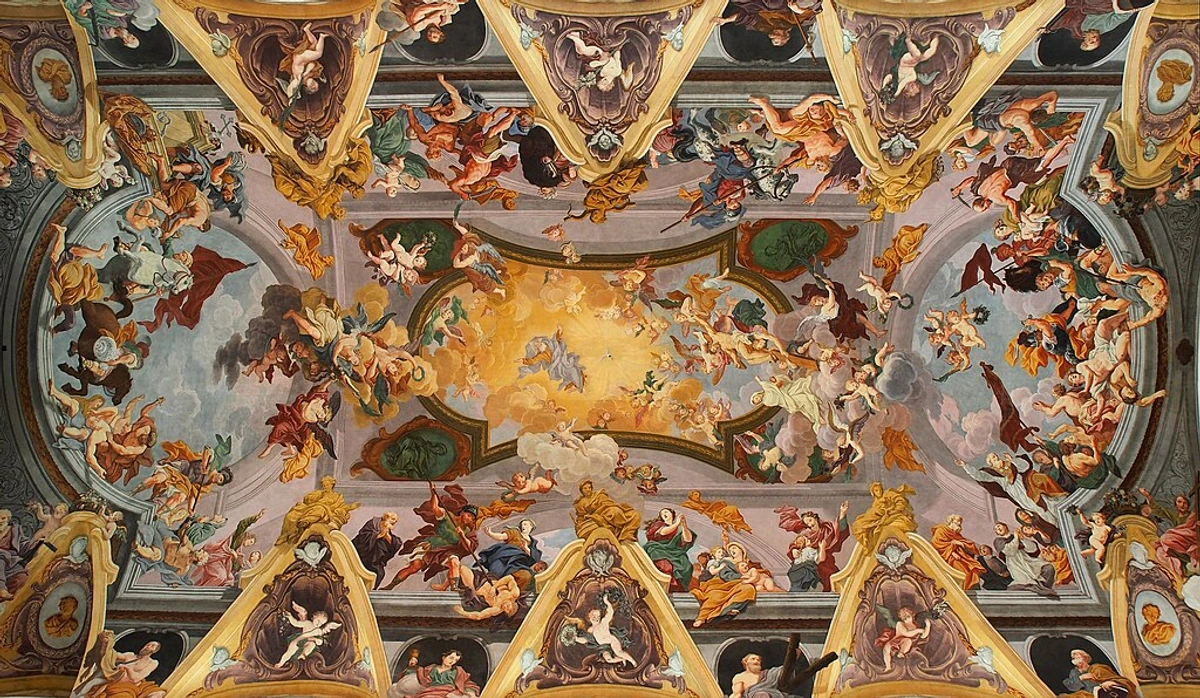
It's visually arresting, meant to grab your attention and hold it tight, often feeling much heavier and richer, like a rich tapestry of emotion and spectacle.
Patronage and Social Context: Who Paid for All This?
It's like understanding the client brief behind every grand project – it tells you a lot about the final product. And believe me, the patrons of these eras had very clear briefs indeed! You can't really talk about art without talking about who's funding it, can you? The patrons of the Renaissance and Baroque eras profoundly shaped the art that was created, reflecting their own values and ambitions. Their demands, their ideological needs, and their financial capabilities dictated the scale, subject matter, and even the style of the art produced, making patronage a fundamental force in shaping art history.
Renaissance Patronage: Church, City-States, and Wealthy Families
In the Renaissance, patronage was a complex web involving the powerful Catholic Church, independent city-states like Florence and Venice, and incredibly wealthy merchant families such as the Medicis. These patrons weren't just commissioning pretty decorations; they were investing in art as a symbol of their piety, power, and prestige. Think of the Medicis funding Michelangelo or Brunelleschi – it wasn't just for beauty, but to solidify their family's legacy and influence, assert their dominance, and even atone for sins. These powerful banking families, particularly the Florentine Medicis, transformed Florence into an artistic hub, viewing patronage as a form of political and social capital and a display of their sophisticated taste. Guilds, like the Wool Merchants' Guild, also played a significant role, commissioning public works (such as Ghiberti's "Gates of Paradise" for the Florence Baptistery) and ensuring high standards of craftsmanship through apprenticeships and workshops, fostering a vibrant artistic ecosystem. There was a strong civic pride, too, with public art commissions like Michelangelo's David becoming powerful symbols of liberty and civic virtue for city-states, standing defiantly against tyranny. Artists often worked for a mix of secular and religious clients, leading to a focus on idealized forms that celebrated both human achievement and divine glory. This blend of private wealth, civic ambition, and religious devotion created an unparalleled environment for artistic flourishing. Beyond the Medicis, other powerful families like the Strozzi and the Pitti also vied for artistic prestige, commissioning grand palaces and religious works that showcased their influence and taste. Guilds, representing various trades and crafts, were also crucial patrons, commissioning public sculptures and architectural projects that fostered a strong sense of civic identity and competition among artists. It was a symbiotic relationship, where artists gained commissions and patrons gained eternal glory, or at least, a really impressive display for their dinner guests. To truly appreciate their impact, I suggest exploring our /finder/page/art-lovers-guide-to-florence.

Baroque Patronage: The Church Triumphant and Absolute Monarchs
The Baroque era saw a shift, with the Catholic Church, invigorated by the Counter-Reformation, becoming an even more dominant patron. Art became a crucial tool in its spiritual arsenal, designed to overwhelm the senses and inspire profound religious devotion and loyalty, ensuring the faithful remained within the Catholic fold. Grand altarpieces, dramatic frescoes (often filling entire ceilings with illusionistic scenes), and elaborate church decorations were commissioned to awe the faithful and outshine the austere aesthetics of Protestantism. Simultaneously, the rise of powerful, absolute monarchs across Europe (like Louis XIV of France with his palace at Versailles, or the Spanish Habsburgs who commissioned Velázquez) also fueled the Baroque fire. They saw art and architecture as instruments of state power, commissioning colossal palaces, elaborate gardens, and heroic portraits to project their divine right to rule and their unmatched splendor. This era also saw the nascent rise of a broader art market and a burgeoning merchant class in places like the Netherlands and Flanders, leading to more genre scenes, portraits, and still lifes – reflecting a different kind of patronage entirely, focusing on secular subjects, domestic life, and the material world, as explored in /finder/page/the-art-of-the-dutch-golden-age-beyond-rembrandt. This diverse funding stream meant Baroque art could be found in the most sacred spaces, the grandest palaces, and the most intimate homes, a true reflection of its pervasive cultural influence. It was less about subtle influence and more about an overt display of wealth, power, and spiritual conviction, often with a theatrical flair that captured public imagination. The establishment of royal academies (like the Académie Royale de Peinture et de Sculpture in France) during the Baroque era also centralized patronage and artistic control, dictating styles and subject matter to serve the interests of the monarchy, further solidifying the link between art and state power. This era saw art becoming a truly public spectacle, designed to impress and awe the masses.
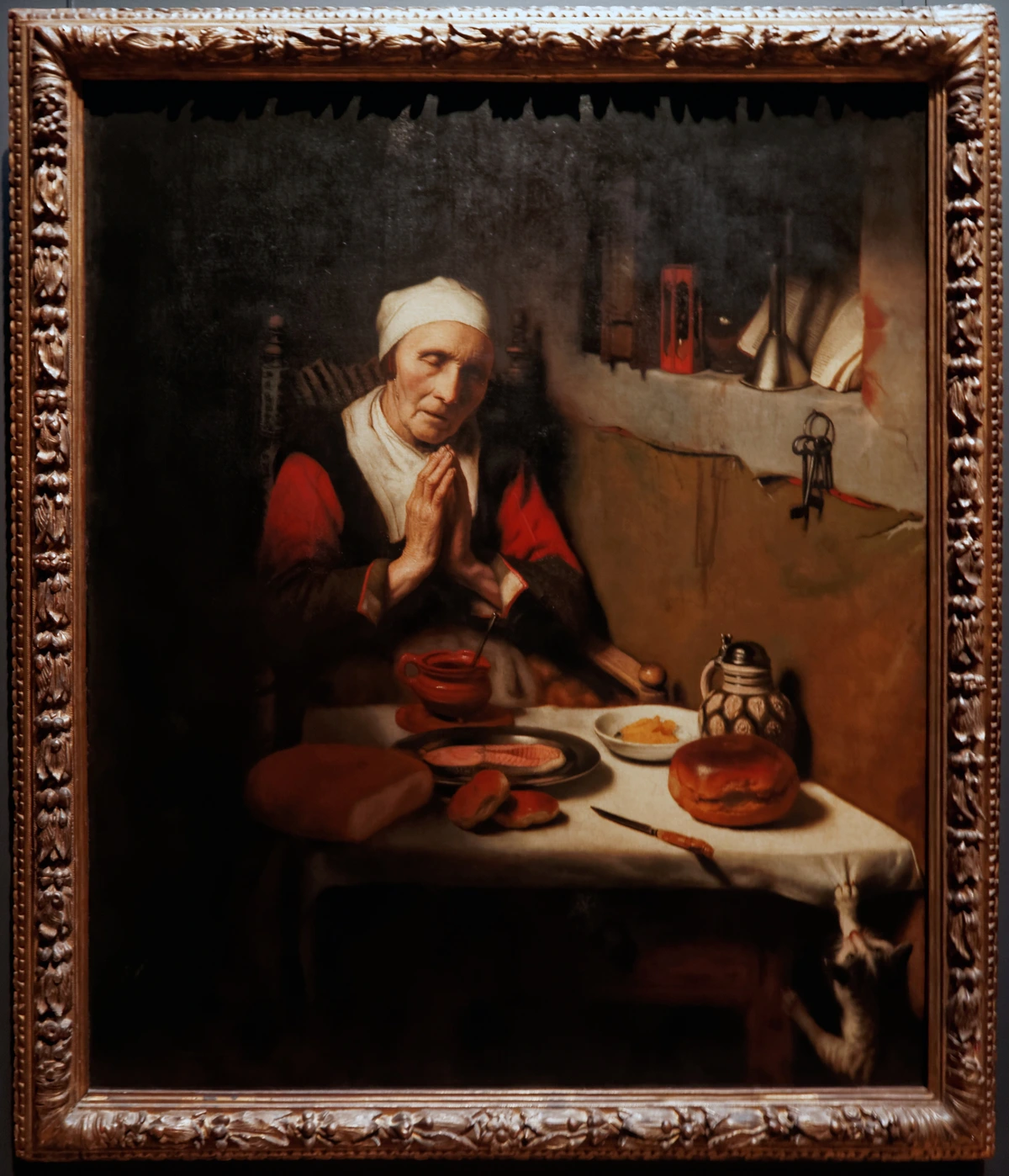
Visual Language: The Artistic Signatures
Okay, so we've touched upon the 'why' – the philosophical and social currents that drove these movements. Now, let's get down to the 'how'. What specific visual tricks, techniques, and characteristic choices did these artists employ that make their work so distinct and instantly recognizable? This is where the real fun begins, peeling back the layers of paint and marble to understand their artistic fingerprints. You begin to understand their visual grammar, their deliberate choices, and the emotional resonance embedded in every brushstroke or chisel mark. To me, this is where the genius truly shines through – in the way they manipulated line, light, and color to tell their stories.
Here's a quick overview of their defining visual characteristics:
Feature | Renaissance Art | Baroque Art | Key Emotional Impact |
|---|---|---|---|
| Overall Aesthetic | Calm, rational, harmonious, balanced, idealized | Dramatic, emotional, dynamic, theatrical, opulent, sensuous | Serenity, contemplation vs. Awe, excitement, piety |
| Composition | Balanced, symmetrical, often pyramidal or rectangular. Figures arranged logically, often in clear groups. Emphasis on linear perspective and depth, closed compositions. | Dynamic, diagonal, swirling, often asymmetrical. Sense of movement and instability. Figures bursting out of the frame, dramatic foreshortening, open compositions. | Stability, order vs. Movement, tension |
| Lines | Clear, sharp, defined outlines (disegno). | Blurry, fluid, expressive lines, often dissolving forms into light and shadow (colorito). | Precision, clarity vs. Energy, emotion |
| Form | Clear, well-defined, sculptural, emphasizing ideal human anatomy. | Emotional, often exaggerated or twisted, emphasizing intense psychological states. | Idealized perfection vs. Intense realism |
| Realism | Idealized naturalism, striving for perfect beauty and anatomical accuracy. | Heightened, dramatic realism, sometimes gritty and unflinching, to evoke strong emotional responses. | Elevated, harmonious vs. Visceral, immediate |
| Space | Ordered, rational, receding into the distance logically, creating a window into a coherent world. | Expansive, theatrical, often overflowing, blurring the lines between painting and architecture (illusionism). The viewer feels drawn into the scene. | Predictable, infinite vs. Immersive, limitless |
| Light & Shadow | Gentle, diffused, sfumato for soft transitions. Early chiaroscuro for modeling. | Dramatic, high contrast, chiaroscuro and tenebrism with stark, often artificial illumination. | Naturalism, clarity vs. Mystery, revelation, intensity |
| Color Palette | Soft, naturalistic, harmonious, symbolic use of color, often built up with glazes. | Rich, vibrant, intense, often opulent golds, deep reds, blues, used for dramatic effect, bold impasto. | Grace, beauty vs. Grandeur, passion |
| Subject Matter | Idealized religious scenes, classical mythology, portraits emphasizing virtue, civic narratives. | Intense religious ecstasy/martyrdom, dramatic mythology, heroic portraits, genre scenes with earthy realism, allegories. | Reflection, dignity vs. Visceral engagement, wonder |
| Emotion | Dignified restraint, idealized emotional states, psychological depth for contemplation. | Raw, unbridled feeling, exaggerated gestures, peak moments of action/emotion, theatricality. | Serene, thoughtful vs. Overwhelming, immediate |

It's like learning to read the subtle cues in a person's body language; once you know what to look for, the art 'speaks' to you in a much richer way.
Composition: Order vs. Chaos (or Controlled Energy)
This is one of the most immediate giveaways, I've found. Just looking at how the elements are arranged in a piece tells you so much.
Feature | Renaissance Art | Baroque Art |
|---|---|---|
| Composition | Balanced, symmetrical, often pyramidal or rectangular. Figures arranged logically, often in clear groups. Emphasis on linear perspective and depth. | Dynamic, diagonal, swirling, often asymmetrical. Sense of movement and instability. Figures bursting out of the frame, dramatic foreshortening. |
| Lines | Clear, sharp, defined outlines. | Blurry, fluid, expressive lines, often dissolving forms into light and shadow. |
| Movement | Static, restrained, controlled, figures often at rest or in contemplation. | Dynamic, swirling, dramatic, figures captured in moments of intense action or ecstasy, emotional fluidity. |
| Space | Ordered, rational, receding into the distance logically, creating a window into a coherent world. | Expansive, theatrical, often overflowing, blurring the lines between painting and architecture (illusionism). The viewer feels drawn into the scene. |
Renaissance artists were masters of /finder/page/definitive-guide-to-perspective-in-art, creating deep, rational spaces where every element felt perfectly placed, often using a central vanishing point to draw the eye. Think of a classic Raphael Madonna: perfectly centered, maybe a symmetrical background with a clear horizon. It just feels right, doesn't it? Even the most complex scenes, like Leonardo's 'Last Supper,' maintain an underlying geometric order, creating a sense of serene stability and intellectual calm, inviting a thoughtful, unhurried observation. This closed composition technique ensured that all elements were contained within the frame, fostering a contemplative engagement with the artwork. It's all about control, precision, and an almost scientific approach to visual harmony, reflecting a worldview that valued order and intellectual clarity.
Baroque art, on the other hand, embraces the diagonal. Everything seems to be twisting, turning, rushing into or out of the scene, creating a powerful sense of dynamism and emotional intensity. It's exhilarating! They really pushed the boundaries of foreshortening, making figures dramatically jut out or recede into the canvas, pulling you right into the action and often blurring the line between the artwork's space and our own. This use of open compositions (where elements extend beyond the visual confines of the canvas or frame) meant figures often extend beyond the traditional frame, suggesting a larger, unseen drama unfolding, inviting the viewer to imagine beyond the depicted moment. Think of the swirling heavens in a Bernini ceiling fresco, or the dynamic energy of Rubens's battle scenes; they almost burst out of their confines, demanding your full attention. This is a dramatic contrast to the more contained and stable compositions of the Renaissance, which often used closed compositions to create a sense of internal harmony within the artwork itself. It's like the difference between a perfectly framed portrait and a panoramic shot that spills off the edges, inviting you into a larger, more active world. This art wants to envelop you, not just show you a scene, making you a participant in its unfolding drama. Think of the way Tintoretto's compositions for the Scuola Grande di San Rocco in Venice plunge figures into deep, dramatic spaces, or how Rubens's battle scenes burst with a chaotic yet controlled energy. These artists employed complex compositional devices, often leading the eye on a dramatic journey through the canvas, preventing any single focal point from dominating for too long, thus sustaining the viewer's engagement.
Light and Shadow: Chiaroscuro and Tenebrism
Here's where things get really dramatic. And I mean really dramatic. The way light behaves in a painting, how it falls, where it casts shadows – this is a masterstroke in both periods, but with vastly different intentions.
Renaissance painters used light to illuminate, to define forms softly and gradually, to create a sense of naturalism and harmony. It's often gentle, diffused, and evenly distributed, allowing you to appreciate the clear modeling of forms and figures with subtle gradations. Sfumato, famously perfected by Leonardo da Vinci, epitomizes this, creating a soft, hazy blurring of lines and colors, resulting in subtle transitions between light and shadow, giving figures a dreamlike, almost ethereal quality (think of the enigmatic smile of the Mona Lisa, which you can learn more about in our article on /finder/page/what-is-sfumato!). Early forms of chiaroscuro were also developed to give figures more volume and realism, meticulously modeling forms through gradual transitions of light and shade, enhancing the illusion of three-dimensionality. Think of the serene light in a Raphael fresco, bathing everything in a soft glow that emphasizes clarity and human grace, where every fold of drapery and every facial feature is softly but clearly defined. It was about revealing form, not obscuring it in drama. It’s light used for revelation, not agitation, creating a sense of calm intellectual contemplation. You can explore the technique further in our article on /finder/page/what-is-chiaroscuro-in-art-history-and-technique.
Baroque artists, however? They used light like a spotlight in a darkened theater, or a sudden burst of divine revelation. They practically perfected chiaroscuro – the strong, often theatrical, contrast between light and dark – and pushed it to its extreme with tenebrism, a technique where shadows dominate and only a few select areas are brightly, often starkly, illuminated. Caravaggio's work, for instance, is a masterclass in this, pulling figures out of oppressive darkness into a blinding, revelatory light in masterpieces like "The Calling of Saint Matthew" or "Judith Slaying Holofernes." This creates an incredible sense of drama, mystery, and often, an almost unsettling realism, pulling you directly into the emotional core of the scene. It's like someone turned off most of the lights and shone a single, intense beam right onto the most important part of the scene, making you feel the moment. You can't help but be drawn in, can you? It literally illuminates the narrative, making it feel like a sacred event unfolding before your very eyes. Beyond Caravaggio, artists like Artemisia Gentileschi and Georges de La Tour also employed tenebrism to profound effect, infusing their compositions with heightened emotional intensity and spiritual introspection. To learn more about these powerful techniques, check out our guides on /finder/page/what-is-chiaroscuro-in-art-history-and-technique and /finder/page/what-is-tenebrism-in-art.

This powerful use of light wasn't just aesthetic; it was designed to intensify the spiritual experience, to make the divine appear tangible and immediate. Beyond Caravaggio, artists like Artemisia Gentileschi used dramatic chiaroscuro to emphasize the heroism and suffering of her female protagonists, while Georges de La Tour employed a subtle, candlelit tenebrism to imbue humble scenes with profound spiritual introspection. This deliberate manipulation of light and shadow created a sense of theatricality and emotional urgency, drawing the viewer into the narrative with an almost palpable force. You can explore the technique further in our article on /finder/page/what-is-chiaroscuro-in-art-history and delve into its extreme form with /finder/page/what-is-tenebrism-in-art.
Color Palette: Serenity vs. Intensity
Another tell-tale sign is the color. It's not just what colors they used, but how they used them – the very psychology behind the palette. Renaissance art tends to favor softer, more naturalistic and harmonious colors, often applied in smooth, subtle transitions that create a gentle glow. Colors were often chosen for their symbolic value, like the deep Marian blue for the Virgin Mary, and pigments were carefully layered in thin, translucent glazes to achieve incredible luminosity, depth, and rich tonal variations – a hallmark of early oil painting mastery, particularly in the Venetian school with their emphasis on colorito. This focus on color and light distinguished the Venetians from the Florentine emphasis on disegno (drawing and design). Think of the delicate pastels on a Madonna's robe, the gentle blush on a cherub's cheek, or the verdant greens and muted blues of a Tuscan landscape, all rendered with an exquisite sense of clarity and detail. It's elegant, refined, and aims for a sense of calm beauty and idealized perfection, with colors serving to define form and volume with clarity and grace. It’s like a quiet, thoughtful conversation rendered in paint, where every hue plays its perfectly balanced part.
Baroque, on the other hand, isn't afraid to go bold. No, "bold" doesn't even begin to cover it! Rich, deep reds, intense blues, opulent golds, and dramatic blacks dominate. Colors are often more vibrant, more saturated, and used strategically to enhance the emotional impact, to draw the eye, and to create a sense of luxurious abundance or spiritual fervor. The use of rich, deep hues contributed to the overall sense of opulence and drama, often enhancing the perceived realism of the scene. Artists like Rubens, for example, used impasto (the thick, expressive application of paint, creating visible brushstrokes and palpable texture) to create palpable textures, energetic movement, and intensify the visual experience, making the surfaces almost tactile. It's less about delicate blending and more about powerful statements, sometimes even jarring or unexpected contrasts that add to the drama. It's visually arresting, meant to grab your attention and hold it tight, often feeling much heavier and richer, like a rich tapestry of emotion and spectacle. This was a deliberate move to heighten the sensory experience, to make the viewer feel the richness and intensity of the scene, rather than just observe it. It’s a full-throated symphony of color, demanding your full sensory engagement, making the divine feel strikingly immediate. To understand the deliberate choices behind these palettes, it's worth exploring /finder/page/definitive-guide-to-color-theory-in-art, as well as delving into /finder/page/the-emotional-language-of-color-in-abstract-art and /finder/page/the-psychology-of-color-in-abstract-art-beyond-basic-hues. Every artist, whether Renaissance or Baroque, employed color with purpose, and learning /finder/page/how-artists-use-color unlocks another layer of appreciation.
Subject Matter: From Humanism to Divine Spectacle
The stories they told also changed. Renaissance art, while often religious, focused on idealized forms and narratives that emphasized human dignity and intellectual achievement. Biblical scenes might show calm, collected figures, often presented with classical grace and profound psychological depth, inviting quiet contemplation of the sacred narrative. Portraits emphasized the individual's grace and composure, hinting at their inner virtue, intellectual prowess, and social standing, as seen in works like Leonardo's 'Mona Lisa'. Classical myths, rediscovered with renewed fervor, were depicted with clarity and often a moralizing or allegorical tone, reflecting the humanist rediscovery of antiquity and a burgeoning interest in secular learning. Themes of virtue, ideal beauty, and the dignity of man permeated much of the art. The focus was on universal ideals and a celebration of human potential, often through meticulously balanced compositions and harmonious colors. We've even touched upon the /finder/page/the-influence-of-byzantine-art-on-renaissance-painting in another article, showing the gradual evolution of themes and the expanding range of subject matter to include historical events, allegories, and even genre scenes with a refined touch. It’s a deliberate elevation of the human spirit, even when engaging with the divine. For a deeper dive into the meanings embedded in art, consider exploring /finder/page/understanding-symbolism-in-contemporary-art, which, while contemporary, often draws on historical precedents. You might also find fascination in /finder/page/understanding-the-symbolism-of-animals-in-art-history and /finder/page/understanding-the-symbolism-of-flowers-in-art-history to see how motifs transcended periods.
Baroque art, however, loved a good spectacle. Religious scenes often depicted moments of intense ecstasy (think Bernini's 'Ecstasy of Saint Teresa'), brutal martyrdom (like Caravaggio's dramatic depictions), or miraculous intervention, aiming to stir profound spiritual awe and reinforce Catholic doctrine. Battles were chaotic, myths were dramatic and often filled with sensuous energy, and portraits captured fleeting moments of emotion or grandeur, projecting power and psychological depth, as seen in Velázquez's court portraits. There's a heightened sense of movement, suffering, and divine power, reflecting the turbulent spiritual and political landscape of the era, deeply affected by the Thirty Years' War and colonial expansion. Everyday life scenes also took on a new vitality, particularly with artists in the Dutch Golden Age, who captured genre scenes with a raw, earthy energy and intricate detail, reflecting a burgeoning secular art market and the values of the rising merchant class. This shift ensured a broader range of human experience was immortalized in art, from grand historical narratives and profound spiritual visions to intimate domestic moments and still lifes brimming with symbolism (often referred to as vanitas). These artists didn't just tell stories; they performed them, drawing the viewer into a world of heightened sensation and moral contemplation. It's almost like they were directing a grand, visual play, and you, the viewer, were always in the front row.
Emotion and Expression: Restraint vs. Raw Feeling
Emotion and Expression: Restraint vs. Raw Feeling
This is perhaps the biggest, most visceral shift for me. How art handles human emotion tells you so much about the era's psyche. It’s the difference between a controlled sigh and an operatic scream, if you ask me.
Renaissance figures, even when depicting profound emotion like grief or adoration, often maintain a certain dignified restraint, a sense of controlled pathos. Their sorrow is noble; their joy is serene. It's about an idealized human form embodying a perfect, often generalized, emotional state – designed for calm, intellectual contemplation rather than immediate shock or visceral reaction. The emotion is certainly there, but it's contained, balanced, and harmonious, reflecting the era's belief in reason and order even in moments of passion. There's a profound psychological depth that invites quiet reflection, inviting you to connect with the subject on an intellectual and spiritual level, as seen in the contemplative expressions of many Madonnas, or the subtle tension in Leonardo's portraits. Think of the serene sorrow of Michelangelo's Pietà, where Mary's grief is profound but imbued with divine grace, inviting quiet reflection rather than overwhelming anguish. It's a testament to the power of inner strength and composure, even in the face of immense feeling, aiming for a universal expression of humanity's virtues. This measured approach to emotion is also reflected in the era's pursuit of compositional harmony, where even complex narratives are rendered with a sense of order. You can learn more about this in /finder/page/understanding-balance-in-art-composition.

Baroque figures, conversely, wear their hearts on their sleeves, and then some! They are caught in the very act of feeling. Their faces are contorted in ecstasy or anguish, their bodies twisted in dynamic poses, their gestures exaggerated and expansive. You see anguish, ecstasy, terror, and passion in every muscle, every vein, and every swirling fold of drapery. It's about catching that peak moment of intensity, that raw, unbridled feeling, and pushing it to its dramatic extreme. It’s impossible not to react to it, isn't it? It demands your emotional engagement, right here, right now, as if you've stumbled into the climax of a grand play. Bernini's "Ecstasy of Saint Teresa" is a perfect embodiment of this, capturing a moment of profound spiritual rapture that is almost physically palpable, transforming marble into a vehicle for intense human emotion. This art doesn't just invite you to observe; it compels you to feel. The intensity of emotions often depicted in Baroque art, pushing the boundaries of human experience, can be seen as a precursor to later artistic movements that embraced raw psychological states. Though from a much later period, the visceral impact of Baroque emotionality perhaps foreshadowed the kind of dramatic expression seen in a work like Francis Bacon's 'Head VI' – an almost unsettling rawness.
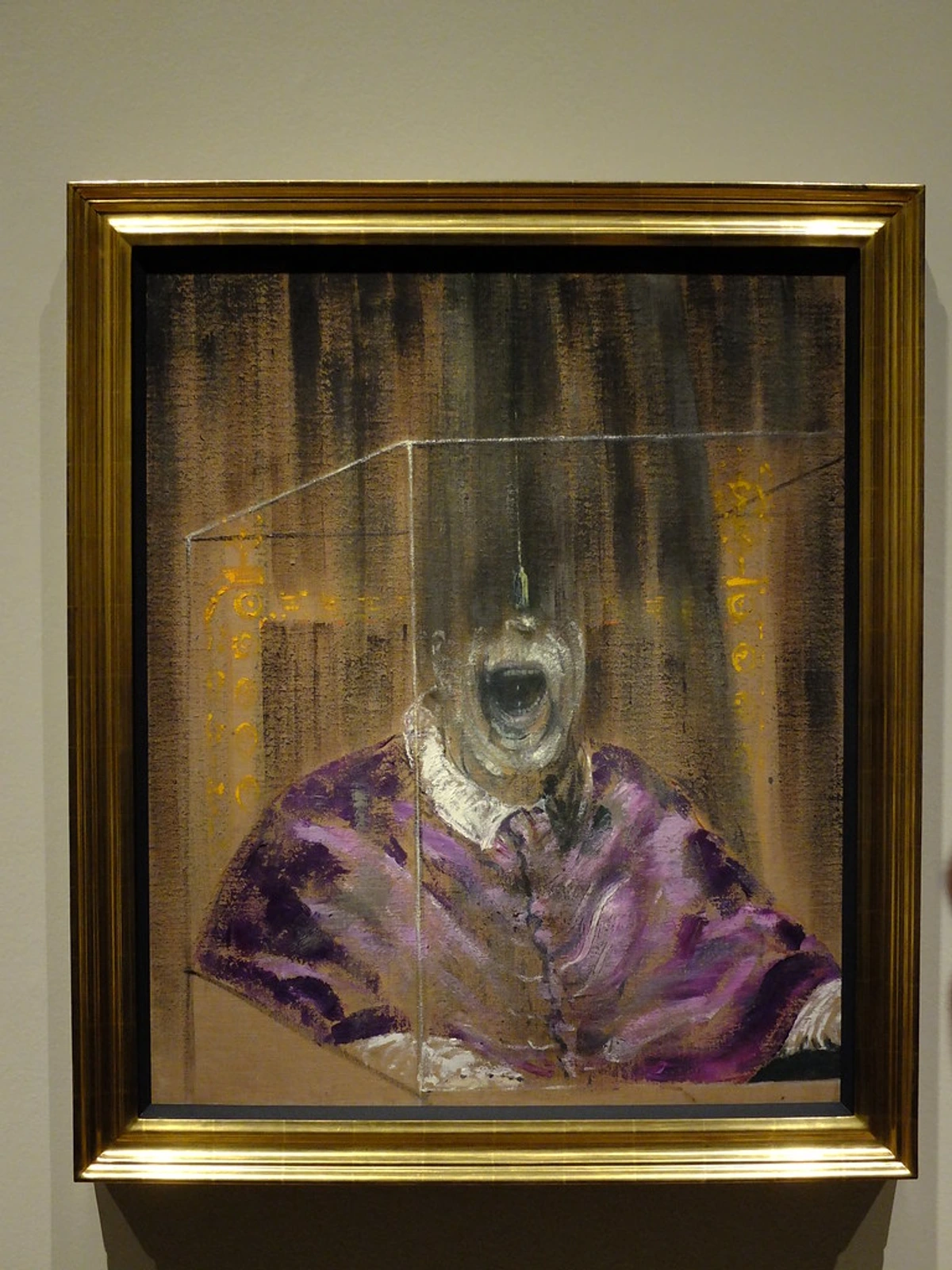
This direct appeal to the emotions was a deliberate strategy to connect with viewers on a deeply personal and spiritual level, fostering devotion and wonder.
Key Innovations and Techniques: Beyond the Brushstroke
Beyond the stylistic differences, these periods were hotbeds of technical and conceptual innovation. Artists weren't just painting pretty pictures; they were pushing the boundaries of what art could do and be. It's almost like they were inventing new languages for expression, each with its own grammar and vocabulary. And for me, that's one of the most exciting aspects of art history – seeing how a new tool or technique can utterly transform the possibilities of creative expression, allowing artists to communicate complex ideas and emotions with unprecedented power.
Renaissance: Mastering Reality
The Renaissance was a period of intense scientific inquiry blended with artistic practice, fundamentally transforming how art was conceived and created. It was a time when artists were seen not just as craftsmen, but as intellectuals, scientists, and engineers, actively pushing the boundaries of knowledge. Key innovations include:
- Linear Perspective: A groundbreaking mathematical system to create the illusion of depth on a two-dimensional surface, codified and perfected by architects and artists like Filippo Brunelleschi and Masaccio. This literally changed how artists represented space, creating coherent, rational pictorial worlds that felt tangible and real, making the flat canvas a believable window into a three-dimensional scene. It was a revolution in how we perceive and represent reality, allowing for precise control over the illusion of depth. Pioneered by Filippo Brunelleschi and later meticulously documented and utilized by artists like Masaccio, Piero della Francesca, and Leonardo da Vinci, linear perspective transformed the two-dimensional surface into a convincing window onto a three-dimensional world. This mathematical approach to space not only enhanced realism but also reflected the era's broader intellectual curiosity and belief in rational order.
- Sfumato & Early Chiaroscuro: Leonardo da Vinci famously used sfumato, a soft, hazy blurring of lines and colors, to create subtle transitions between light and shadow, giving figures a dreamlike, almost ethereal quality (think the enigmatic smile of the Mona Lisa, which you can learn more about in our article on /finder/page/what-is-sfumato!). Early forms of chiaroscuro were developed to give figures more volume and realism, meticulously modeling forms through gradual gradations of light and shade, contributing to a heightened sense of three-dimensionality and weight. These techniques were about achieving a profound, yet subtle, naturalism, making figures feel truly present and psychologically real.
- Oil Painting Mastery: Though oil paints existed before (notably in the Northern Renaissance), Italian Renaissance artists fully embraced and mastered them, allowing for richer, more vibrant colors, smoother blends, longer working times (perfect for detailed rendering and corrections), and greater luminosity than tempera or fresco. This facilitated incredible realism, depth, and the ability to capture subtle atmospheric effects, bringing a new level of nuance and detail to their work. This was a game-changer for capturing the subtlety of the natural world and the texture of human skin. For a deeper dive into this revolutionary medium, you can explore our /finder/page/the-history-of-oil-painting-from-ancient-pigments-to-modern-masterpieces.
- Anatomical Study and Contrapposto: Artists undertook rigorous study of human anatomy, often through dissection, to depict the human form with unprecedented accuracy and naturalism. This was coupled with the revival of contrapposto, a natural, asymmetrical pose where the body's weight is shifted to one leg, giving figures a sense of dynamic potential and lifelike balance, moving away from rigid, frontal stances. This allowed for figures that felt truly alive and capable of movement, epitomized by masterpieces like Michelangelo's David. They wanted to understand the body, not just paint it, leading to a profound understanding of human physiology in art.
- Fresco Revival: Large-scale frescoes, like those in the Sistine Chapel or by Raphael in the Vatican, adorned churches and palaces, showcasing monumental narratives with vibrant colors, intricate compositions, and an enduring sense of classicism. This technique allowed for grand narratives to unfold across vast surfaces, creating immersive visual environments that reinforced sacred stories and civic ideals. Imagine creating a narrative on that scale – breathtaking, and a true test of an artist's skill and endurance!
- Classical Proportions: Drawing directly from ancient Greek and Roman architectural and sculptural theories (e.g., Vitruvius), Renaissance artists and architects like Leon Battista Alberti and Andrea Palladio applied mathematical ratios and ideal proportions to both figures and buildings, seeking universal beauty and harmony. The Vitruvian Man by Leonardo da Vinci perfectly encapsulates this pursuit of the perfectly proportioned human form as a microcosm of the universe. This mathematical rigor was seen as a path to divine beauty and order, a truly humanist endeavor. It was a belief that beauty could be found and understood through numbers, creating buildings that were both aesthetically pleasing and intellectually profound. Architects like Leon Battista Alberti, with his treatise 'De re aedificatoria,' and Andrea Palladio, known for his influential villas, meticulously applied these classical principles to create structures that were both visually striking and deeply resonant with humanist ideals of order and measure.
Baroque: Heightened Sensory Experience
The Baroque took many of these foundations and exaggerated them, harnessing new techniques to create a more immersive and emotionally powerful experience, pushing artistic boundaries to new heights of theatricality. They weren't content with merely showing you a scene; they wanted you to experience it, to be swept away by its drama.
- Tenebrism (Extreme Chiaroscuro): Caravaggio pushed chiaroscuro to its dramatic extreme, using deep, dominating shadows with stark, single-source illumination to create intense emotional and psychological effects. This technique dramatically heightened the realism and emotional impact, making sacred events feel immediate and relatable, drawing the viewer into the raw human experience, often with a gritty, unidealized portrayal of figures. His paintings became powerful, visceral sermons. It's like a sudden, blinding flash, revealing truth in the darkness.
- Illusionism (Trompe l'oeil & Quadratura): Especially in grand ceiling frescoes, Baroque artists used sophisticated perspective and quadratura (ceiling painting that extends architectural elements and dissolves into an illusion of open sky or heavens) to create breathtaking illusions, as if the ceiling had vanished entirely. Artists like Andrea Pozzo at the Church of Sant'Ignazio in Rome mastered this, dissolving architectural boundaries and offering a direct, overwhelming vision of the divine, as if the heavens themselves had opened above the viewer. It's truly a mind-bending experience, designed to transport the worshiper into a celestial realm. You genuinely feel like you're looking into another dimension, a trick of the eye that speaks to the era's ingenuity. These elaborate techniques, often featuring
trompe l'oeil(French for "deceive the eye") effects andquadratura(illusionistic ceiling painting), dissolved architectural boundaries and offered direct, overwhelming visions of the divine, as if the heavens themselves had opened above the viewer. Artists like Andrea Pozzo at the Church of Sant'Ignazio in Rome mastered this, transporting the worshiper into a celestial realm with breathtaking realism. - Integrated Arts (Gesamtkunstwerk): Baroque artists, particularly Gian Lorenzo Bernini, excelled at combining architecture, sculpture, and painting into a unified, theatrical experience within churches and chapels. This "total work of art" (Gesamtkunstwerk) was designed to overwhelm the senses, transforming sacred spaces into immersive spiritual dramas, as seen in the Cornaro Chapel with the Ecstasy of Saint Teresa, where light, color, and form all converge to tell a powerful story, creating a truly all-encompassing sensory impact. This concept laid groundwork for later ornate styles like Rococo, which you can explore in our /finder/page/the-history-of-rococo-art-elegance-playfulness-and-grandeur and /finder/page/rococo-vs-baroque-art-key-differences articles. It was a deliberate fusion, an artistic symphony orchestrated to evoke a profound spiritual experience. Bernini's Cornaro Chapel, for instance, where the 'Ecstasy of Saint Teresa' is situated, exemplifies this, integrating sculpture, architecture, and hidden light sources to create a dramatic spiritual tableau that overwhelms the senses and truly makes the viewer a participant in a divine moment.
- Dramatic Movement in Sculpture: Figures in sculpture were no longer static but captured in moments of intense action, emotion, or divine ecstasy, often with swirling drapery and dynamic compositions that suggest fleeting moments of peak emotion or divine intervention. Bernini's 'Apollo and Daphne' is a prime example of this kinetic energy, capturing a mythological transformation mid-flight, making the marble seem to ripple with life and emotion. It was about depicting the climax of a narrative, a frozen moment of profound transformation, inviting the viewer to witness a sacred instant.
- Rich Color, Texture, and Impasto: Artists like Peter Paul Rubens employed vibrant, saturated colors and luxuriant textures, often using impasto (thick, visible application of paint) to enhance the visual and tactile richness of their works. This added a palpable sense of reality and emotional intensity to their dynamic compositions, making the paint itself feel alive and contributing to the overall sensuous appeal that was a hallmark of the Baroque. It's a feast for the eyes, and almost for the touch, too, creating an undeniable sense of vitality and abundance.

Key Artists and Their Masterpieces (A Taste of Genius)
Of course, no discussion of art history is complete without mentioning the titans who shaped these movements. These are the names that echo through the centuries, the artists whose visions continue to inspire and challenge us today. For me, diving into their individual contributions is like getting to know the distinct voices in a grand chorus.
Renaissance Heavyweights
When I think Renaissance, I immediately picture the big three: Leonardo da Vinci, Michelangelo, and Raphael. Each brought their unique genius. Leonardo, with his enigmatic Mona Lisa (you can see her at the /finder/page/a-first-timers-guide-to-the-louvre-museum), mastered sfumato and anatomical precision, creating works of unparalleled psychological depth and a sense of profound mystery. Michelangelo, the divine artist, gave us the monumental Sistine Chapel ceiling, the powerful David (which you can learn more about in our /finder/page/ultimate-guide-to-michelangelo), and the heart-wrenching Pietà, embodying 'terribilità' – a sense of awe-inspiring grandeur and sublime power that transcended mere human skill, deeply exploring the human condition. Raphael perfected the serene Madonna and monumental frescoes, renowned for their grace, clarity, and balanced compositions, creating scenes of ideal harmony and classical beauty. His 'School of Athens' in the Vatican is a prime example of his masterful composition and ability to celebrate classical philosophy alongside Christian theology, embodying the Renaissance's intellectual synthesis. These artists weren't just painting; they were redefining what art could be, setting a standard that would influence generations. Then there's Botticelli, whose Primavera and The Birth of Venus (explore his genius further in /finder/page/ultimate-guide-to-botticelli-master-of-the-early-renaissance) burst with classical beauty and allegorical meaning, bringing pagan mythology to life with exquisite detail and a distinctly lyrical style. These artists weren't just painting; they were redefining what art could be, setting a standard that would influence generations.
We can't forget the vibrant Venetian Renaissance, with masters like Titian, whose rich colors (colorito) and painterly approach redefined portraiture and mythological scenes, challenging the Florentine emphasis on drawing (disegno). His ability to convey texture and light through color was revolutionary, creating works of incredible sensuality and psychological depth like 'Assumption of the Virgin' and 'Bacchus and Ariadne'. And Tintoretto, known for his dramatic use of perspective, light, and dynamic compositions that often foreshadowed the Baroque's intensity, creating emotionally charged narratives like 'The Last Supper' (San Giorgio Maggiore). Paolo Veronese also contributed with his opulent, grand-scale narratives, such as 'The Wedding Feast at Cana', which captured the lavishness of Venetian society. These artists, and many others across Italy, laid the foundation for Western art for centuries, pushing the boundaries of realism and idealization, and creating a dialogue between drawing and color that would last for generations. It’s like the Florentines gave us the perfect skeleton, and the Venetians dressed it in the most luxurious, shimmering robes. Then there's Botticelli, whose Primavera and The Birth of Venus (explore his genius further in /finder/page/ultimate-guide-to-botticelli-master-of-the-early-renaissance) burst with classical beauty and allegorical meaning, bringing pagan mythology to life with exquisite detail and a distinctly lyrical style. We can't forget the vibrant Venetian Renaissance, with masters like Titian, whose rich colors (colorito) and painterly approach redefined portraiture and mythological scenes, challenging the Florentine emphasis on drawing (disegno). His ability to convey texture and light through color was revolutionary, creating works of incredible sensuality and psychological depth like 'Assumption of the Virgin' and 'Bacchus and Ariadne'. And Tintoretto, known for his dramatic use of perspective, light, and dynamic compositions that often foreshadowed the Baroque's intensity, creating emotionally charged narratives like 'The Last Supper' (San Giorgio Maggiore). Paolo Veronese also contributed with his opulent, grand-scale narratives, such as 'The Wedding Feast at Cana', which captured the lavishness of Venetian society. These artists, and many others across Italy, laid the foundation for Western art for centuries, pushing the boundaries of realism and idealization, and creating a dialogue between drawing and color that would last for generations. It’s like the Florentines gave us the perfect skeleton, and the Venetians dressed it in the most luxurious, shimmering robes.
It's also vital to acknowledge the Northern Renaissance, with figures like Albrecht Dürer, a master printmaker and painter known for his meticulous detail, intricate symbolism, and profound psychological realism in works like 'Melencolia I' or his self-portraits. And Jan van Eyck, whose revolutionary oil painting techniques and intense naturalism are exemplified in works like the Ghent Altarpiece or 'The Arnolfini Portrait', capturing exquisite detail and luminous effects. Hieronymus Bosch, with his surreal and moralizing narratives like 'The Garden of Earthly Delights', offered a distinct, imaginative vision. Their work, while sharing humanist ideals, often presented a more earthly realism, a focus on everyday life, and a moralizing tone, offering a rich counterpoint to the Italian masters. They showed that the Renaissance spirit could flourish with a different accent, focusing on the minute details of the world around us, often with a powerful, almost spiritual, intensity. Figures like Albrecht Dürer, a master printmaker and painter known for his meticulous detail, intricate symbolism, and profound psychological realism in works like 'Melencolia I' or his self-portraits, expanded the possibilities of artistic dissemination through printmaking. And Jan van Eyck, whose revolutionary oil painting techniques and intense naturalism are exemplified in works like the Ghent Altarpiece or 'The Arnolfini Portrait', captured exquisite detail and luminous effects, setting a new standard for realism. Hieronymus Bosch, with his surreal and moralizing narratives like 'The Garden of Earthly Delights', offered a distinct, imaginative vision that delved into the complexities of human sin and redemption. Their work, while sharing humanist ideals, often presented a more earthly realism, a focus on everyday life, and a moralizing tone, offering a rich counterpoint to the Italian masters.
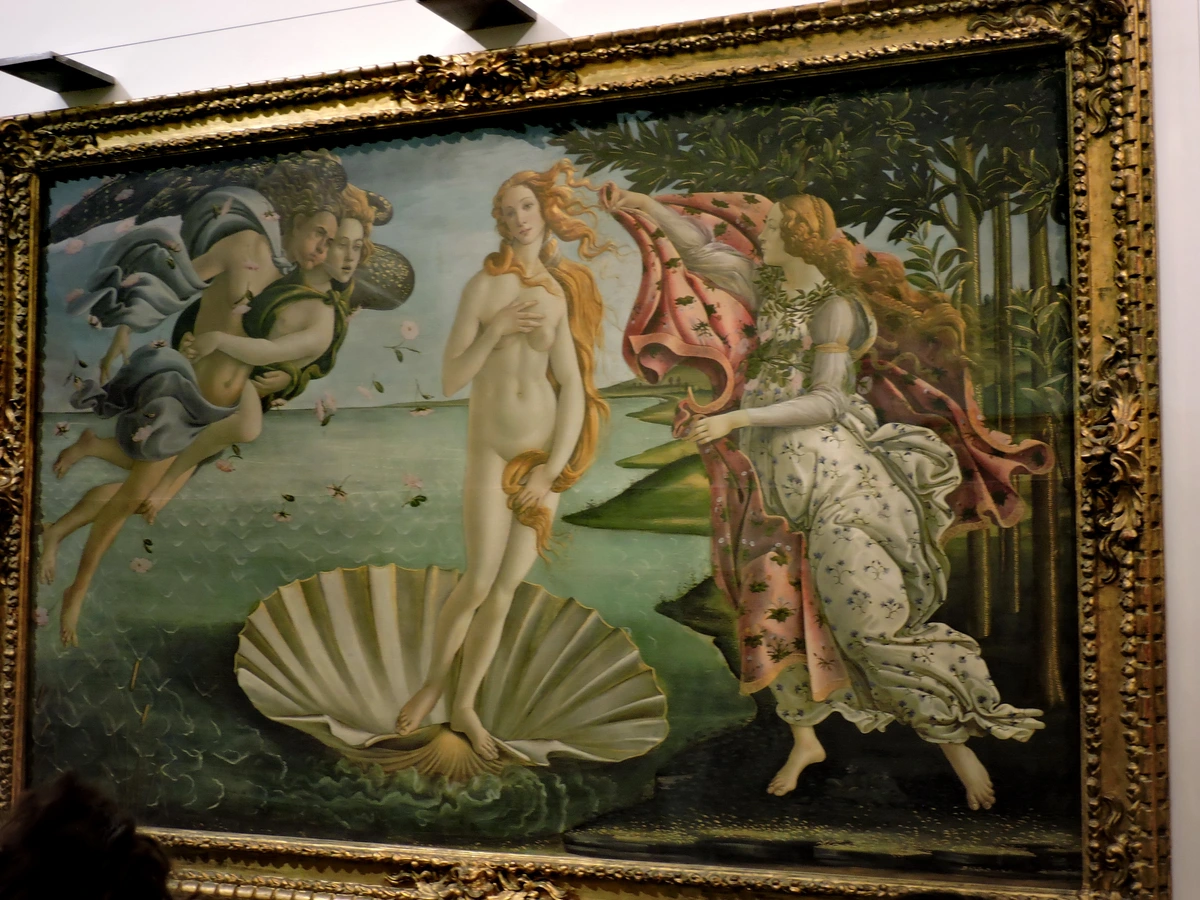
You can delve into this fascinating regional variation in our guide to /finder/page/the-art-of-the-renaissance-in-northern-europe-beyond-italy.
Baroque Powerhouses
Now, for the Baroque crew, get ready for some intense personalities and unparalleled mastery of drama! Caravaggio practically invented modern tenebrism, his brutal realism, dramatic use of light and shadow, and unflinching depiction of human struggle revolutionized painting. Works like "The Calling of Saint Matthew" and "The Conversion of Saint Paul" are utterly gripping, pulling sacred events into the gritty reality of everyday life, making the divine accessible and immediate, almost shockingly so. You can delve deeper into his genius with our /finder/page/ultimate-guide-to-caravaggio. His contemporary, Artemisia Gentileschi, was an incredibly powerful female artist whose work, like her "Judith Slaying Holofernes," is full of emotional raw power and frequently explores themes of strong women facing adversity, often drawing from her own traumatic experiences, as you can read more about in our /finder/page/ultimate-guide-to-artemisia-gentileschi. Her powerful narratives offer a compelling perspective on the era's dramatic sensibilities, often with a psychological intensity that mirrors Caravaggio’s raw emotional force. Beyond her 'Judith Slaying Holofernes,' works like 'Susanna and the Elders' further exemplify her ability to infuse classical narratives with profound emotional depth and a sense of direct, unflinching confrontation with adversity. These two artists, in particular, weren't afraid to confront the raw, messy truth of human experience, even when depicting sacred stories, giving a voice to often overlooked narratives. These two artists, in particular, weren't afraid to confront the raw, messy truth of human experience, even when depicting sacred stories, giving a voice to often overlooked narratives.

Then there's Gian Lorenzo Bernini, the ultimate Baroque sculptor and architect, whose works like the Ecstasy of Saint Teresa practically redefine drama in marble, blurring the lines between media to create a truly immersive religious experience – a masterpiece of the Gesamtkunstwerk. His soaring Baldacchino in St. Peter's Basilica is another breathtaking example of his integrated artistic vision, an iconic symbol of the Counter-Reformation's grandeur and theatricality. And how could we forget the exuberant energy and lavish compositions of Peter Paul Rubens, whose large-scale altarpieces, mythological scenes, and portraits are a riot of color and movement, often depicting muscular figures, rich textures, and dynamic narratives, bringing a palpable sensuality to his canvases, as seen in works like 'The Elevation of the Cross' or 'The Rape of the Daughters of Leucippus'. In Spain, Diego Velázquez captured the court with unparalleled psychological insight and technical brilliance, famously in "Las Meninas," a complex and intriguing portrait of royal life and artistic illusion that still confounds and delights viewers today, masterfully playing with perspective and the viewer's gaze. And in France, artists like Nicolas Poussin (with his more classical Baroque style, emphasizing order and intellectual rigor in works like 'Et in Arcadia Ego') and Georges de La Tour (with his stark, candlelit tenebrism, revealing intense spiritual introspection in humble settings like 'Magdalene with the Smoking Flame') offered their own unique interpretations of the era's spirit, demonstrating the breadth of Baroque expression. Each one, in their own unique way, contributed to the era's grand spectacle and profound emotional resonance. Gian Lorenzo Bernini, the ultimate Baroque sculptor and architect, whose works like the Ecstasy of Saint Teresa practically redefine drama in marble, blurring the lines between media to create a truly immersive religious experience – a masterpiece of the Gesamtkunstwerk. His soaring Baldacchino in St. Peter's Basilica is another breathtaking example of his integrated artistic vision, an iconic symbol of the Counter-Reformation's grandeur and theatricality. And how could we forget the exuberant energy and lavish compositions of Peter Paul Rubens, whose large-scale altarpieces, mythological scenes, and portraits are a riot of color and movement, often depicting muscular figures, rich textures, and dynamic narratives, bringing a palpable sensuality to his canvases, as seen in works like 'The Elevation of the Cross' or 'The Rape of the Daughters of Leucippus'. In Spain, Diego Velázquez captured the court with unparalleled psychological insight and technical brilliance, famously in "Las Meninas," a complex and intriguing portrait of royal life and artistic illusion that still confounds and delights viewers today, masterfully playing with perspective and the viewer's gaze. And in France, artists like Nicolas Poussin (with his more classical Baroque style, emphasizing order and intellectual rigor in works like 'Et in Arcadia Ego') and Georges de La Tour (with his stark, candlelit tenebrism, revealing intense spiritual introspection in humble settings like 'Magdalene with the Smoking Flame') offered their own unique interpretations of the era's spirit, demonstrating the breadth of Baroque expression.
Finally, we turn to the profound psychological depth and unparalleled mastery of light from Rembrandt van Rijn in the Dutch Golden Age, whose self-portraits and biblical scenes explore the human condition with intense introspection, revealing inner emotional states rather than external drama. His ability to convey profound emotion through subtle shifts in light and shadow is simply breathtaking. You can delve into his mastery with our /finder/page/ultimate-guide-to-rembrandt-van-rijn. And speaking of Dutch masters, Johannes Vermeer brought a quiet, luminous intimacy to genre scenes, captivating us with works like "Girl with a Pearl Earring" (discover more at /finder/page/what-is-the-girl-with-a-pearl-earring), where a single beam of light illuminates inner worlds with exquisite detail, creating an almost timeless quality. These Dutch masters, operating in a different patronage system, showed that the Baroque spirit could thrive in diverse cultural and economic landscapes, focusing on the beauty of the everyday rather than grand narratives. Finally, we turn to the profound psychological depth and unparalleled mastery of light from Rembrandt van Rijn in the Dutch Golden Age, whose self-portraits and biblical scenes explore the human condition with intense introspection, revealing inner emotional states rather than external drama. His ability to convey profound emotion through subtle shifts in light and shadow is simply breathtaking. You can delve into his mastery with our /finder/page/ultimate-guide-to-rembrandt-van-rijn. And speaking of Dutch masters, Johannes Vermeer brought a quiet, luminous intimacy to genre scenes, captivating us with works like "Girl with a Pearl Earring" (discover more at /finder/page/what-is-the-girl-with-a-pearl-earring), where a single beam of light illuminates inner worlds with exquisite detail, creating an almost timeless quality. These Dutch masters, operating in a different patronage system, showed that the Baroque spirit could thrive in diverse cultural and economic landscapes, focusing on the beauty of the everyday rather than grand narratives. It's truly a testament to the versatility of the Baroque spirit, adaptable to both sacred drama and quiet domesticity.
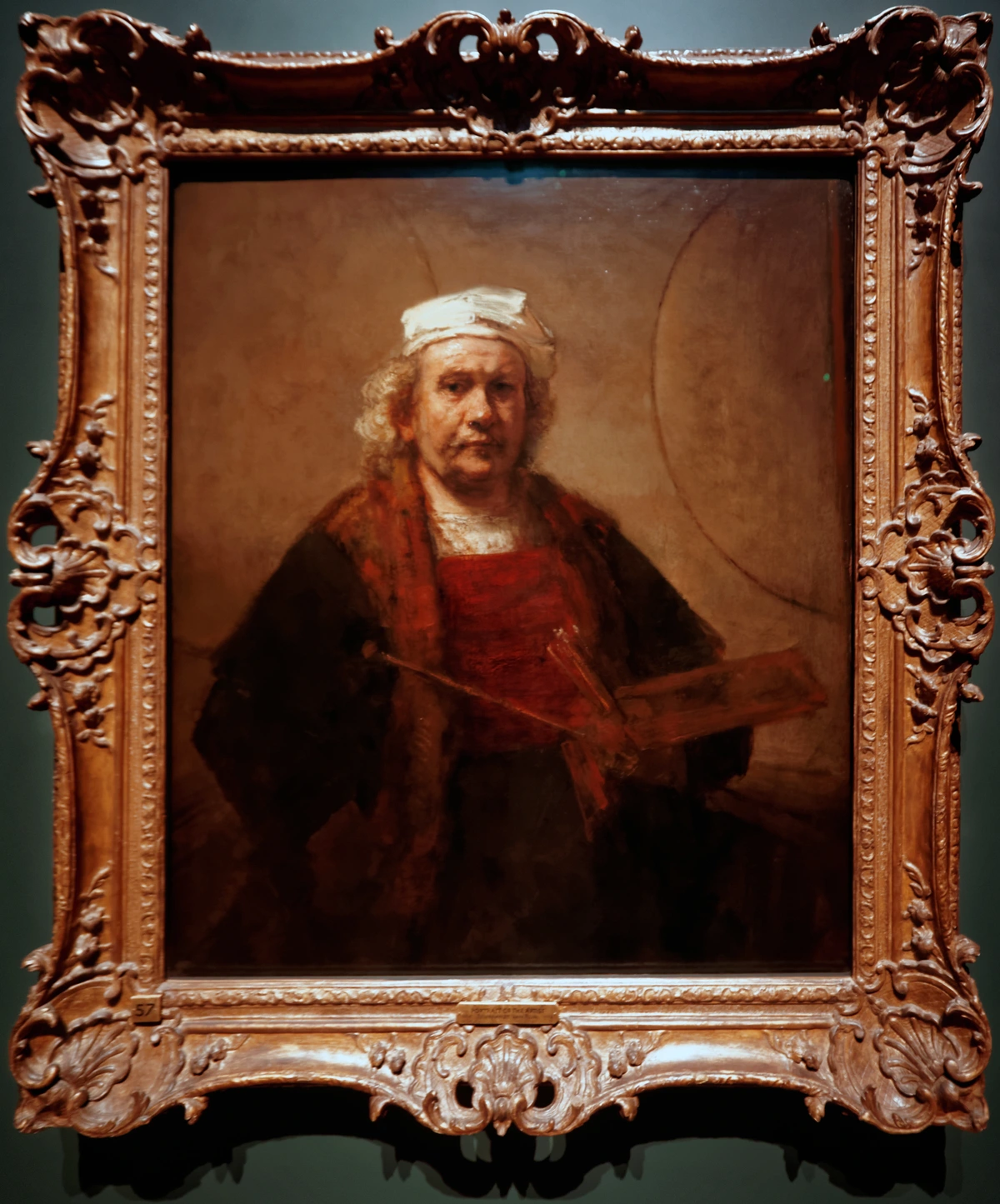
Each one, in their own way, pushed the boundaries of what art could express, leaving an indelible mark on art history.
Beyond the Canvas: Music, Literature, and Philosophy
It’s fascinating to me how the artistic spirit of an era doesn’t just confine itself to visual arts; it permeates every creative and intellectual endeavor. The Renaissance and Baroque periods, in their distinct ways, birthed revolutionary movements in music, literature, and philosophy that echoed the same underlying shifts we see in painting and sculpture. It's like the whole intellectual and emotional atmosphere of the time found expression in every possible medium.
Renaissance: Harmony, Humanism, and Polyphony
In literature, the Renaissance saw a resurgence of classical forms and a profound focus on human experience. Think of the epic poetry of Dante Alighieri, whose Divine Comedy bridged medieval and Renaissance thought; the lyrical sonnets of Petrarch, which explored the depths of individual emotion; the witty storytelling of Boccaccio in The Decameron, capturing secular life; or Shakespeare's profound exploration of human nature in his timeless plays, reflecting the era's fascination with individual character and moral dilemmas. Castiglione's The Courtier defined the ideal Renaissance gentleman, influencing social norms for centuries with its emphasis on grace, sprezzatura, and intellectual accomplishment. Machiavelli's incisive political philosophy in The Prince boldly broke from traditional moralizing, offering a pragmatic, sometimes ruthless, view of leadership, a true reflection of the era's evolving political landscape and the rise of powerful, often secular, rulers. Philosophy, deeply influenced by humanism and Neoplatonism, sought to reconcile classical thought with Christian theology, fostering intellectual inquiry and a new understanding of the individual's place in the cosmos. Figures like Erasmus advocated for a return to original classical and biblical texts, promoting critical thought and individual spiritual experience, laying groundwork for the Reformation. In literature, the Renaissance saw a resurgence of classical forms and a profound focus on human experience. Think of the epic poetry of Dante Alighieri, whose Divine Comedy bridged medieval and Renaissance thought; the lyrical sonnets of Petrarch, which explored the depths of individual emotion; the witty storytelling of Boccaccio in The Decameron, capturing secular life; or Shakespeare's profound exploration of human nature in his timeless plays, reflecting the era's fascination with individual character and moral dilemmas. Castiglione's The Courtier defined the ideal Renaissance gentleman, influencing social norms for centuries with its emphasis on grace, sprezzatura, and intellectual accomplishment. Machiavelli's incisive political philosophy in The Prince boldly broke from traditional moralizing, offering a pragmatic, sometimes ruthless, view of leadership, a true reflection of the era's evolving political landscape and the rise of powerful, often secular, rulers. It was a period of intellectual awakening that spanned every discipline, seeing humanity as capable of immense intellectual and creative achievement.
Musically, this was the age of polyphony, where multiple independent melodic lines intertwined harmoniously. Composers like Josquin des Prez and Giovanni Pierluigi da Palestrina created intricate masses, motets, and chansons, characterized by balance, clarity, and a serene beauty that mirrors the visual arts' emphasis on order and proportion. The development of music printing also helped disseminate these compositions, spreading the Renaissance sound across Europe, making complex music more accessible. Madrigals, secular vocal pieces, also flourished, allowing for expressive storytelling through music, often reflecting the humanistic themes of love, nature, and pastoral ideals, providing a delightful sonic counterpart to the era's paintings. Musically, this was the age of polyphony, where multiple independent melodic lines intertwined harmoniously. Composers like Josquin des Prez, famed for his expressive motets and masses, and Giovanni Pierluigi da Palestrina, whose sacred music epitomized the Counter-Reformation's ideals of clarity and reverence, created intricate masses, motets, and chansons, characterized by balance, clarity, and a serene beauty that mirrors the visual arts' emphasis on order and proportion. The development of music printing also helped disseminate these compositions, spreading the Renaissance sound across Europe, making complex music more accessible. Madrigals, secular vocal pieces, also flourished, allowing for expressive storytelling through music, often reflecting the humanistic themes of love, nature, and pastoral ideals, providing a delightful sonic counterpart to the era's paintings. Imagine a choir, each voice distinct yet perfectly blended – that's the Renaissance in sound, a testament to intricate design and harmonious cooperation.
Baroque: Drama, Emotion, and the Grand Scale
Literature in the Baroque period embraced drama, emotion, and grand narratives, often reflecting the era's spiritual and political turbulence. John Milton's epic poem Paradise Lost explores themes of good, evil, and free will with immense grandeur and heightened language, much like a Baroque altarpiece, using vivid imagery and complex narrative structures. Spanish playwrights like Lope de Vega and Calderón de la Barca produced vast numbers of plays, often with complex plots and moral dilemmas that thrilled audiences, while French dramatists like Molière brilliantly satirized society with his comedies, revealing the foibles of the time and the dramatic contrasts of human behavior. Philosophers like René Descartes questioned reality, famously declaring "I think, therefore I am," ushering in an era of rationalism that paradoxically coexisted with the Baroque's emotional intensity and religious fervor, demonstrating the era's intellectual dynamism. Thinkers like Baruch Spinoza and Gottfried Wilhelm Leibniz further developed complex systems of thought that grappled with the nature of existence, God, and human knowledge, influencing the Age of Enlightenment that followed. Literature in the Baroque period embraced drama, emotion, and grand narratives, often reflecting the era's spiritual and political turbulence. John Milton's epic poem Paradise Lost explores themes of good, evil, and free will with immense grandeur and heightened language, much like a Baroque altarpiece, using vivid imagery and complex narrative structures. Spanish playwrights like Lope de Vega and Calderón de la Barca produced vast numbers of plays, often with complex plots and moral dilemmas that thrilled audiences, while French dramatists like Molière brilliantly satirized society with his comedies, revealing the foibles of the time and the dramatic contrasts of human behavior. It’s a period where the human intellect soared, even as emotions ran wild, reflecting a society grappling with profound spiritual and scientific shifts.
Baroque Philosophy: Reason, Faith, and the Human Condition
Philosophers like René Descartes questioned reality, famously declaring "I think, therefore I am," ushering in an era of rationalism that paradoxically coexisted with the Baroque's emotional intensity and religious fervor, demonstrating the era's intellectual dynamism. Thinkers like Baruch Spinoza and Gottfried Wilhelm Leibniz further developed complex systems of thought that grappled with the nature of existence, God, and human knowledge, influencing the Age of Enlightenment that followed. This was a time of immense intellectual ferment, as humanity sought to reconcile new scientific discoveries with deeply held spiritual beliefs, leading to a richer, more complex understanding of the human condition.
Baroque music, for me, is the ultimate expression of the era's theatricality. It's an explosion of sound, movement, and emotional depth, designed to stir the passions. Composers like Johann Sebastian Bach and George Frideric Handel are titans of this period, creating monumental works that still resonate today. Bach's intricate fugues, powerful cantatas, and grand orchestral suites, with their powerful counterpoint, complex harmonies, and emotional gravitas, are sonic cathedrals of unparalleled intellectual and spiritual depth. Handel's oratorios, like Messiah, combine dramatic narrative with soaring melodies and immense choruses, designed to overwhelm and uplift the listener. The birth of opera in Italy during this period (spearheaded by composers like Claudio Monteverdi) is perhaps the most quintessential Baroque art form, fusing drama, music, elaborate sets, and costumes into a Gesamtkunstwerk – a total work of art designed for maximum emotional impact and sensory immersion. The concerto grosso, the sonata, and the oratorio also developed significantly, allowing for new forms of musical expression and virtuosity, emphasizing dramatic contrasts and emotional flair, creating a soundscape as rich and dramatic as any Baroque painting. Instruments like the harpsichord and organ also reached new heights of development, facilitating complex compositions and virtuosic performances. Baroque music, for me, is the ultimate expression of the era's theatricality. It's an explosion of sound, movement, and emotional depth, designed to stir the passions. Composers like Johann Sebastian Bach and George Frideric Handel are titans of this period, creating monumental works that still resonate today. Bach's intricate fugues, powerful cantatas, and grand orchestral suites, with their powerful counterpoint, complex harmonies, and emotional gravitas, are sonic cathedrals of unparalleled intellectual and spiritual depth. Handel's oratorios, like Messiah, combine dramatic narrative with soaring melodies and immense choruses, designed to overwhelm and uplift the listener. The birth of opera in Italy during this period (spearheaded by composers like Claudio Monteverdi) is perhaps the most quintessential Baroque art form, fusing drama, music, elaborate sets, and costumes into a Gesamtkunstwerk – a total work of art designed for maximum emotional impact and sensory immersion. The concerto grosso, the sonata, and the oratorio also developed significantly, allowing for new forms of musical expression and virtuosity, emphasizing dramatic contrasts and emotional flair, creating a soundscape as rich and dramatic as any Baroque painting. Instruments like the harpsichord and organ also reached new heights of development, facilitating complex compositions and virtuosic performances, often featuring elaborate improvisation and a driving rhythmic energy. If you've ever listened to a Bach cantata or Handel's 'Hallelujah Chorus,' you've felt that irresistible Baroque oomph.
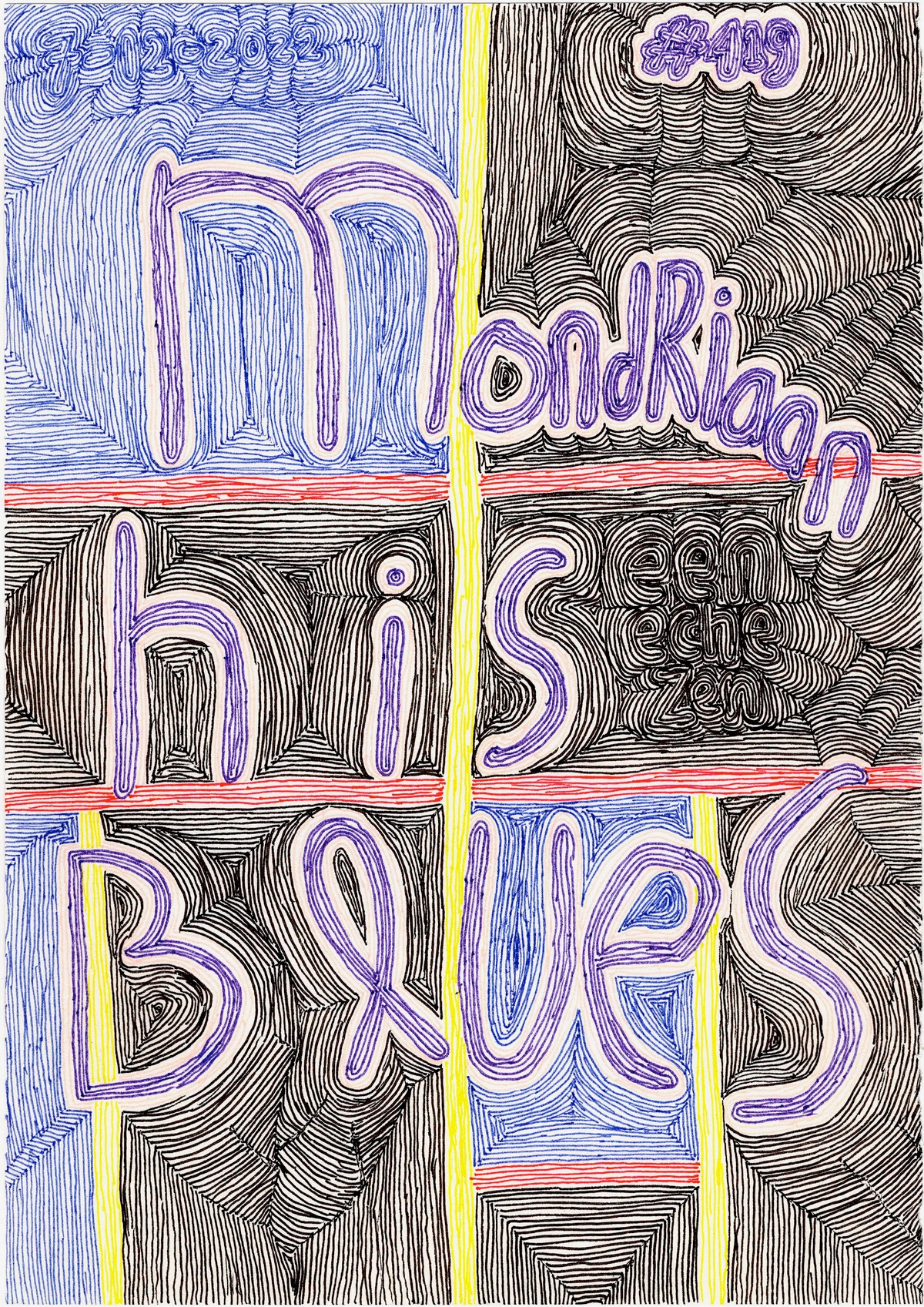
credit, licence
Architecture and Urbanism: Shaping the Cityscape
It wasn't just paintings and sculptures that transformed; the very fabric of cities, the buildings themselves, spoke volumes about these shifting eras. Architecture, perhaps more than any other art form, embodies the public face of an age. It’s a permanent statement, carved in stone, reflecting the deepest values and aspirations of a society.
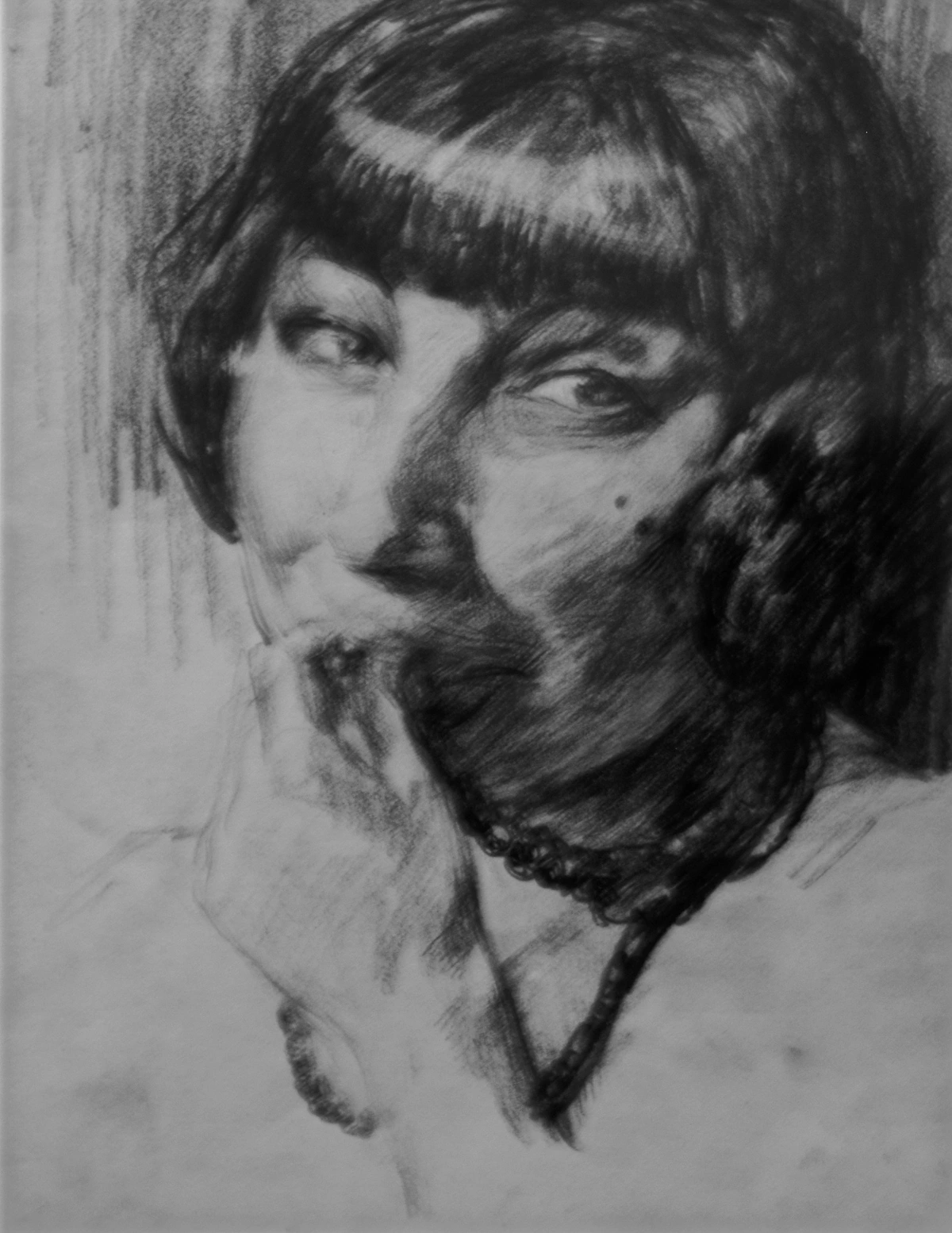
Renaissance Architecture: Order, Proportion, and Classical Revival
Renaissance architecture was all about a conscious return to the classical principles of ancient Greece and Rome, marking a profound rejection of the perceived "barbarism" of the Gothic style. Think clarity, symmetry, mathematical proportion, and a sense of calm, rational order, reflecting the humanist belief in reason and measure. Architects like Filippo Brunelleschi (with his groundbreaking dome for Florence Cathedral, a marvel of engineering and aesthetics that demonstrated mastery over classical techniques and innovative use of construction methods like the double shell dome) and Donato Bramante (known for his classical design of St. Peter's Basilica's early plans, as well as the perfect circular Tempietto, embodying perfect symmetry and classical harmony) meticulously studied Roman ruins and treatises. They emphasized features like classical columns (Dorican, Ionic, Corinthian orders), pilasters, round arches, coffered ceilings, and harmonious facades, creating buildings that felt balanced, approachable, and intellectually beautiful, embodying the ideals of /finder/page/what-is-classical-art. Figures like Leon Battista Alberti (with his seminal treatise 'De re aedificatoria', which codified classical architectural theory and designed facades like Santa Maria Novella) and Andrea Palladio (whose villas and churches influenced architecture for centuries, particularly in England and America) codified these classical principles, shaping urban design across Europe. The focus was on human scale and the creation of serene, balanced spaces, often centered around courtyards or loggias, designed to inspire quiet contemplation and civic pride. Art was also often integrated into these public spaces, embodying civic pride and showcasing a city's cultural prowess, creating a built environment that was both functional and profoundly philosophical. It’s architecture designed for the contemplative, rational mind, much like their paintings. Architects like Filippo Brunelleschi (with his groundbreaking dome for Florence Cathedral, a marvel of engineering and aesthetics that demonstrated mastery over classical techniques and innovative use of construction methods like the double shell dome) and Donato Bramante (known for his classical design of St. Peter's Basilica's early plans, as well as the perfect circular Tempietto, embodying perfect symmetry and classical harmony) meticulously studied Roman ruins and treatises. Figures like Leon Battista Alberti (with his seminal treatise 'De re aedificatoria', which codified classical architectural theory and designed facades like Santa Maria Novella) and Andrea Palladio (whose villas and churches influenced architecture for centuries, particularly in England and America) codified these classical principles, shaping urban design across Europe. The focus was on human scale and the creation of serene, balanced spaces, often centered around courtyards or loggias, designed to inspire quiet contemplation and civic pride. Art was also often integrated into these public spaces, embodying civic pride and showcasing a city's cultural prowess, creating a built environment that was both functional and profoundly philosophical.
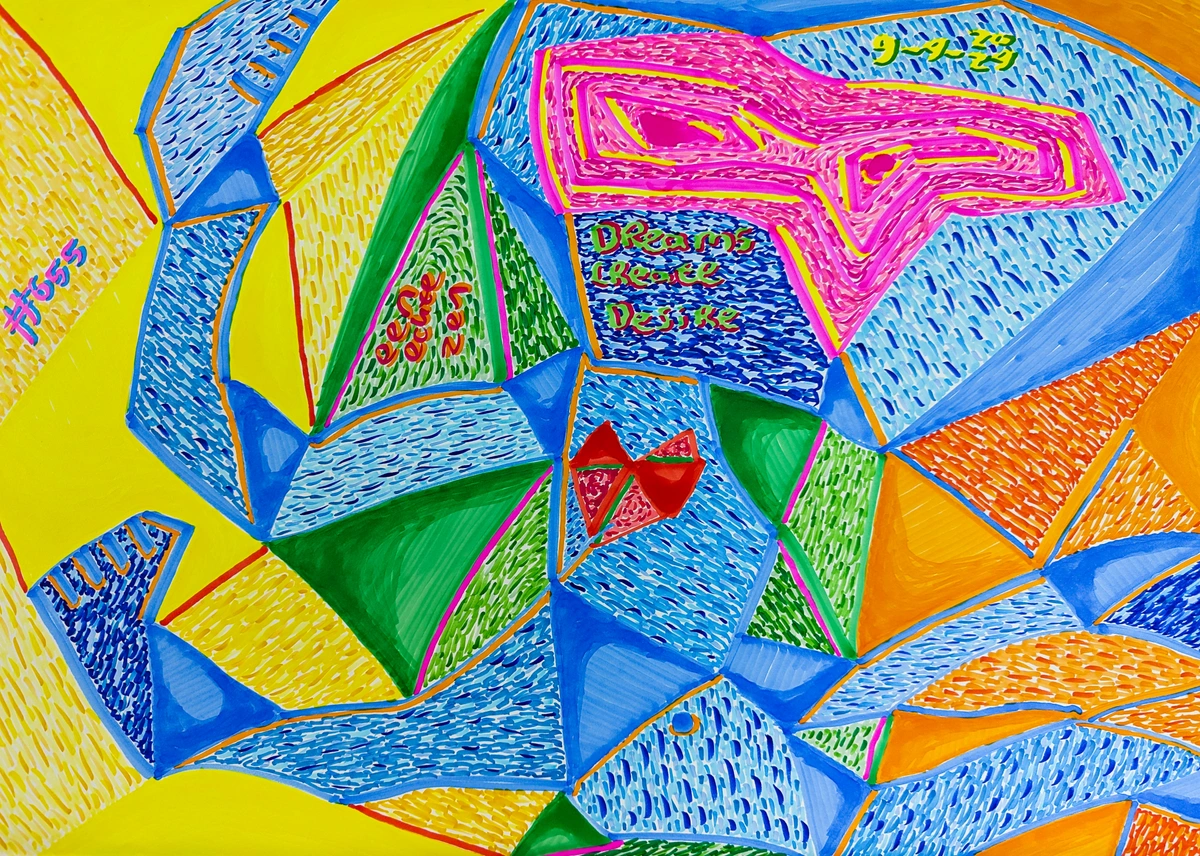
Baroque Architecture: Drama, Movement, and Theatricality
Baroque architecture, especially in Rome, took those classical elements and then, well, turned them up to eleven! It was designed to impress, to inspire awe, and to convey the power and glory of both the Church and the monarchy. Forget calm symmetry; Baroque buildings embrace curved forms, colossal orders (columns spanning multiple stories), dramatic colonnades that seem to embrace the viewer, and often playful (but always grand) ornamentation, such as putti (cherubic figures), elaborate stucco work, and shimmering gold leaf. Architects like Gian Lorenzo Bernini (whose magnificent, embracing colonnade of St. Peter's Square symbolically draws pilgrims into the heart of the Vatican, and whose soaring Baldacchino inside the Basilica defines the interior with its twisted solomonic columns and dynamic bronze work) and Francesco Borromini (known for his innovative, undulating facades and complex, often interlocking geometries, seen in churches like San Carlo alle Quattro Fontane and Sant'Ivo alla Sapienza, which pushed architectural forms to their expressive limits) created structures that felt dynamic, bursting with energy, and often physically drew the viewer in, blurring the lines between interior and exterior spaces. Churches became theatrical stages, with elaborate altars, dramatic lighting from hidden sources, and seamlessly integrated sculpture and painting, all contributing to a Gesamtkunstwerk. Palaces, like Versailles for Louis XIV, became colossal expressions of absolute power, creating breathtaking urban vistas and immersive experiences designed to impress and awe visitors with their sheer scale and opulence. Urban planning itself became a Baroque art form, with grand avenues, monumental fountains (like Bernini's Fontana dei Quattro Fiumi in Piazza Navona), and sweeping squares designed to emphasize a sense of order and imperial power, orchestrating the city for grand public display. It was a conscious effort to create environments that commanded attention and instilled a sense of wonder and reverence. It's like the city itself became a stage for divine and royal power, a stage for both sacred and secular might. Architects like Gian Lorenzo Bernini (whose magnificent, embracing colonnade of St. Peter's Square symbolically draws pilgrims into the heart of the Vatican, and whose soaring Baldacchino inside the Basilica defines the interior with its twisted solomonic columns and dynamic bronze work) and Francesco Borromini (known for his innovative, undulating facades and complex, often interlocking geometries, seen in churches like San Carlo alle Quattro Fontane and Sant'Ivo alla Sapienza, which pushed architectural forms to their expressive limits) created structures that felt dynamic, bursting with energy, and often physically drew the viewer in, blurring the lines between interior and exterior spaces. Churches became theatrical stages, with elaborate altars, dramatic lighting from hidden sources, and seamlessly integrated sculpture and painting, all contributing to a Gesamtkunstwerk. Palaces, like Versailles for Louis XIV, became colossal expressions of absolute power, creating breathtaking urban vistas and immersive experiences designed to impress and awe visitors with their sheer scale and opulence. Urban planning itself became a Baroque art form, with grand avenues, monumental fountains (like Bernini's Fontana dei Quattro Fiumi in Piazza Navona), and sweeping squares designed to emphasize a sense of order and imperial power, orchestrating the city for grand public display.
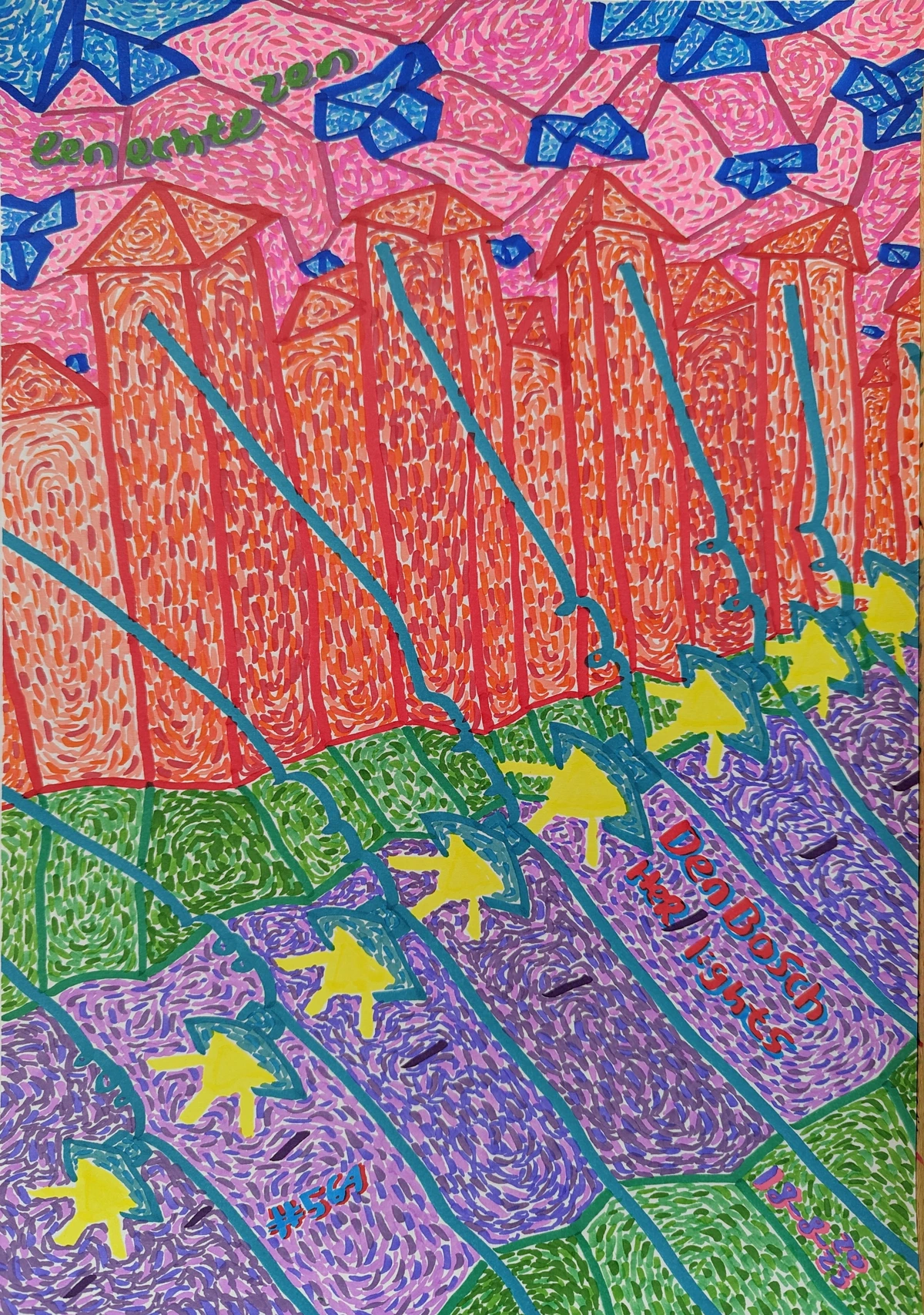
Where to See Them: A Personal Museum Journey
If you're anything like me, reading about art just makes you want to see it – to stand before these masterpieces and feel their presence. Thankfully, many of the world's greatest museums house incredible, often mind-boggling, collections from both periods, allowing you to trace this artistic evolution firsthand. Seeing these works in person isn't just about appreciation; it's about understanding the scale, the texture, and the sheer human effort that went into their creation. It's a dialogue you can only truly have when standing right there, feeling the history radiate from the canvas or marble. And trust me, some pieces truly demand to be seen in the flesh, so to speak.
- Uffizi Gallery, Florence: A true treasure trove of Renaissance masterpieces, the Uffizi is an absolute must-see. You can check out our guide on /finder/page/first-timers-guide-to-uffizi-gallery. Wander through its halls, and you'll find iconic works by Botticelli, Leonardo, Michelangelo, and Raphael, truly immersing you in the heart of the Italian Renaissance. From the ethereal beauty of Botticelli's "Birth of Venus" to the profound psychological depth of Leonardo's 'Annunciation,' and the vibrant colors of Titian and other Venetian masters, it's a journey through idealism and humanism. Don't miss the rooms dedicated to Michelangelo, where you can trace his early sculptural influences, or the masterpieces of Raphael, showcasing his unparalleled grace and compositional harmony. It’s truly an immersive experience in the birth of modern art.
 credit, licence
credit, licence - Vatican Museums and St. Peter's Basilica, Vatican City: Here, you'll experience the seamless, yet striking, transition from the High Renaissance (hello, Sistine Chapel with Michelangelo's monumental frescoes and Raphael's Rooms!) to the dramatic, overwhelming Baroque (cue Bernini's Baldacchino, the Ecstasy of Saint Teresa, and the sheer grandeur of the Basilica itself). It's a journey through the Catholic Church's artistic power, from sublime contemplation to visceral engagement. Make sure to visit the Sistine Chapel, of course, and then allow yourself to be swallowed by the grandeur of the Basilica, a true Gesamtkunstwerk designed to inspire awe and devotion. It's a spiritual and artistic rollercoaster, really. Beyond the awe-inspiring Sistine Chapel, with Michelangelo's monumental ceiling and 'Last Judgment,' and Raphael's Rooms, the Vatican Museums offer a vast collection of ancient classical sculptures that profoundly influenced Renaissance artists, as well as Baroque masterpieces by Bernini and other sculptors. Then, stepping into St. Peter's Basilica itself, you'll be enveloped by Bernini's Baldacchino, the Ecstasy of Saint Teresa, and the sheer grandeur of the Basilica, a true Gesamtkunstwerk designed to inspire awe and devotion. It's an unparalleled demonstration of the Catholic Church's artistic and spiritual power.
- The Louvre, Paris: France's colossal Louvre (here's a /finder/page/a-first-timers-guide-to-the-louvre-museum) offers significant collections from both periods, including Italian Renaissance masterpieces like the 'Mona Lisa' and works by Raphael, as well as stunning French and Flemish Baroque works by artists like Rubens, Poussin, and La Tour. You can spend days here just tracing the evolution of art from these two periods, witnessing the interplay of regional styles and artistic philosophies and the distinct interpretations of the Baroque spirit in different national contexts!
- Prado Museum, Madrid: A must for Baroque enthusiasts, the Prado Museum (we have a /finder/page/a-first-timers-guide-to-the-prado-museum) is home to an unparalleled collection of Spanish Golden Age painting. Here you'll find the profound psychological portraits of Diego Velázquez (including 'Las Meninas'), the intense religiosity of Francisco de Zurbarán (with his austere monastic figures), and early works by El Greco that bridge Mannerism and Baroque with their distinctive expressive power. You'll also discover significant Italian and Flemish Baroque works by artists like Rubens and Jusepe de Ribera, showcasing the global reach of the movement and Spain's historical connections and profound religious fervor.
- Alte Pinakothek, Munich: This German gem boasts incredible collections of Old Master paintings, with particularly strong holdings in Rubens, Van Dyck, and other Northern European Baroque artists, providing a deep dive into the region's artistic prowess, often with a more domestic or secular focus compared to the Italian or Spanish Baroque. You'll find monumental altarpieces and expressive portraits that showcase the full theatricality of the Flemish Baroque. It's a brilliant place to see the more flamboyant Northern Baroque.
- Rijksmuseum, Amsterdam: For an incredible dive into the Dutch Golden Age, the Rijksmuseum is essential. Here you'll encounter the unparalleled mastery of light and shadow in Rembrandt van Rijn's works (read our /finder/page/ultimate-guide-to-rembrandt-van-rijn), including 'The Night Watch' and his profound self-portraits. You'll also see the luminous domestic scenes of Johannes Vermeer, and the vibrant, expressive portraits of Frans Hals. It's a testament to a different kind of Baroque patronage, driven by a burgeoning merchant class and a focus on secular, everyday subjects, yet imbued with immense artistic skill and psychological depth, offering a unique perspective on the era's artistic flourishing.
- The National Gallery, London: This world-class institution offers a panoramic view of European painting, with strong sections dedicated to both Italian Renaissance masters (like Leonardo's 'Virgin of the Rocks', Raphael's 'Ansidei Madonna', and Titian's 'Bacchus and Ariadne') and various Baroque schools (including Caravaggio, Rubens, Rembrandt, and Velázquez). It's a fantastic place to make direct comparisons and witness the stylistic dialogue between these periods, all under one roof, allowing you to trace the evolution of techniques and subject matter firsthand.
- The National Gallery of Art, Washington D.C.: This esteemed institution offers a comprehensive collection that brilliantly showcases the transition from Renaissance to Baroque, with masterpieces from both Italian and Northern European schools. You'll find works by Raphael, Titian, Vermeer, Rembrandt, and many others, allowing for direct comparison and a deep understanding of the stylistic evolution across the centuries. It’s a remarkable place to witness the grandeur and nuance of these periods under one roof.
- Metropolitan Museum of Art, New York: For those across the pond, the Met (check out our /finder/page/a-first-timers-guide-to-the-metropolitan-museum-of-art-the-met-new-york) offers an expansive overview, allowing you to trace the stylistic connections across continents and centuries, with impressive holdings from both periods, including major works by Italian Renaissance artists and an extensive collection of European Baroque masterpieces. It's truly a global art history lesson under one roof, perfect for seeing the grand scope of these movements and their international impact.
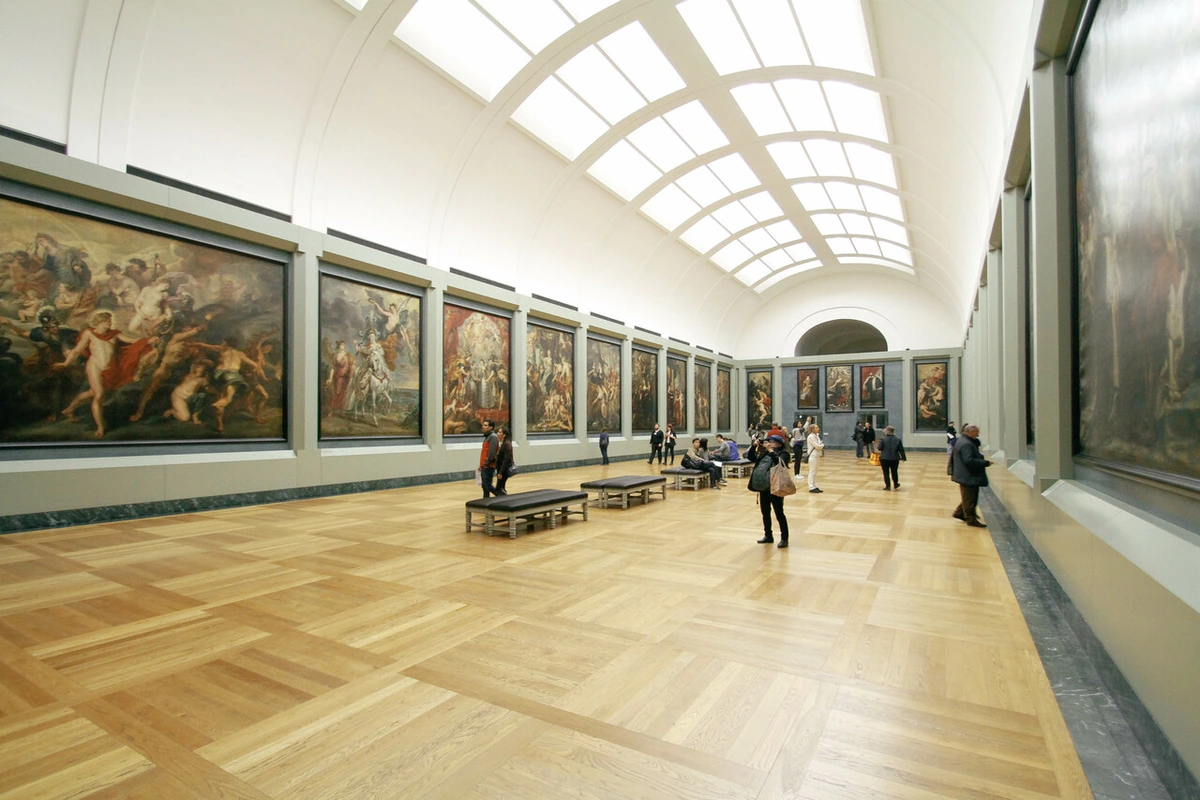
credit, licence
, licence
Why Does This Comparison Matter Today? (My Two Cents)
So, why do I care so much about these "old" art movements? Beyond the sheer, undeniable beauty, I think understanding the Renaissance and Baroque helps us appreciate the astonishing ebb and flow of human expression, and the constant dialogue between tradition and innovation. It's a powerful reminder that even within relatively short periods, cultural priorities can shift dramatically, influencing everything from painting and sculpture to philosophy, fashion, and even politics. This isn't just a historical footnote; it's a rich tapestry of cause and effect that reveals the very pulse of human ingenuity and adaptation, showing us how society and art are inextricably linked. For me, it's about seeing the threads that connect us across time, and recognizing that the same human questions and desires are simply expressed in different visual languages.
It’s one thing to read about it, another entirely to stand before a Rubens or a Raphael and feel its sheer power and the weight of its history, and perhaps even understand the shift in human consciousness that each era represents. That's the real magic.
For me, as an artist exploring contemporary and abstract themes, looking back at these foundational periods is like studying the very grammar of visual storytelling – the fundamental principles of impact. It teaches you about composition, the psychology of color, the power of light, and how to evoke emotion, even if your medium and style are vastly different from a 17th-century master. It’s a profound reminder that every artistic choice, every stroke of paint or chisel mark, is a dialogue with what came before, a push and pull between tradition and innovation, a quiet (or sometimes very loud!) conversation across centuries. Maybe you'll see some of these echoes, this eternal dialogue between order and chaos, serenity and drama, in my own work – even if expressed through abstract forms and vibrant colors. Each piece I create is, in a way, a continuation of this grand conversation, a reflection on how these fundamental artistic choices still resonate today. So, I truly hope you'll take a moment to explore my latest creations when you /buy a print or perhaps even visit my /den-bosch-museum exhibition – I hope you do!
Frequently Asked Questions (FAQ)
How did the Renaissance and Baroque influence subsequent art movements?
Ah, this is where the conversation truly gets exciting! The impact of these two periods on everything that followed is immeasurable. The Renaissance laid the foundational grammar of Western art: linear perspective, anatomical accuracy, oil painting techniques, idealized forms, and a renewed interest in classical antiquity became the bedrock for academic art for centuries. Even later movements that rebelled against it, like Modernism, often did so by reacting to these Renaissance principles, proving the enduring power of its innovations. It's like they wrote the rulebook, and everyone else either followed it or deliberately broke it to make a new one, leading to movements like /finder/page/ultimate-guide-to-cubism and /finder/page/the-definitive-guide-to-the-history-of-abstract-art-key-movements-artists-and-evolution.
The Baroque, on the other hand, bequeathed to us the power of drama, emotion, and dynamic composition. Its theatricality and use of light and shadow influenced movements like Rococo (which softened and lightened the Baroque's grandeur, as you can see in /finder/page/rococo-vs-baroque-art-key-differences and /finder/page/the-history-of-rococo-art-elegance-playfulness-and-grandeur), and later Neoclassicism (which, while a reaction, still drew on its grand scale and classical references, though with a different emotional register, as detailed in /finder/page/the-principles-of-neoclassicism-in-art). Even the dramatic lighting and psychological depth of later artists like Goya or some Expressionists and Neo-Expressionists owe a clear debt to the Baroque's emotional intensity. In a nutshell, they gave us the toolkit – both for creation and for rebellion! The Baroque, on the other hand, bequeathed to us the power of drama, emotion, and dynamic composition. Its theatricality and use of light and shadow influenced movements like Rococo (which softened and lightened the Baroque's grandeur, as you can see in /finder/page/rococo-vs-baroque-art-key-differences and /finder/page/the-history-of-rococo-art-elegance-playfulness-and-grandeur), and later Neoclassicism (which, while a reaction, still drew on its grand scale and classical references, though with a different emotional register, as detailed in /finder/page/the-principles-of-neoclassicism-in-art). Even the dramatic lighting and psychological depth of later artists like Goya or some Expressionists and Neo-Expressionists owe a clear debt to the Baroque's emotional intensity. Its emphasis on theatricality and overwhelming sensory experience laid the groundwork for performance art and immersive installations centuries later. In a nutshell, they gave us the toolkit – both for creation and for rebellion! Movements like /finder/page/ultimate-guide-to-expressionism and /finder/page/ultimate-guide-to-neo-expressionism certainly carry echoes of the Baroque's raw emotional force.
What are the common themes explored in Renaissance and Baroque art?
Renaissance art frequently explores themes of human dignity, classical mythology, idealized beauty, religious narratives with humanistic interpretations, civic virtue, and the pursuit of knowledge, often presented with balance and clarity. You'll find allegories celebrating human intellect and potential, often with a subtle moralizing tone, as seen in Botticelli's mythological paintings. Baroque art, by contrast, delves into themes of intense religious fervor, martyrdom, miraculous events, dramatic psychological states, the grandeur of absolute monarchs, the fleeting nature of life (vanitas), and the power of divine intervention. Its allegories are often more overt, designed for immediate emotional impact, as Caravaggio's dramatic biblical scenes exemplify. Both periods feature portraiture and historical narratives, but their approach to these themes differs significantly in emotional intensity, composition, and overall style, reflecting their distinct worldviews. Renaissance art frequently explores themes of human dignity, classical mythology, idealized beauty, religious narratives with humanistic interpretations, civic virtue, and the pursuit of knowledge, often presented with balance and clarity. You'll find allegories celebrating human intellect and potential, often with a subtle moralizing tone, as seen in Botticelli's mythological paintings or Raphael's philosophical frescoes. Baroque art, by contrast, delves into themes of intense religious fervor, martyrdom, miraculous events, dramatic psychological states, the grandeur of absolute monarchs, the fleeting nature of life (vanitas), and the power of divine intervention. Its allegories are often more overt, designed for immediate emotional impact, as Caravaggio's dramatic biblical scenes exemplify. Both periods feature portraiture and historical narratives, but their approach to these themes differs significantly in emotional intensity, composition, and overall style, reflecting their distinct worldviews. It's like one is a quiet, contemplative essay and the other is a passionate, roaring epic, reflecting the contrasting cultural and religious landscapes.
How did the political landscape affect Renaissance art?
The political landscape of the Renaissance was characterized by the rise of independent city-states like Florence, Venice, and Milan, alongside the enduring power of the Papacy. Art became a crucial tool for these entities to assert their power, prestige, and civic identity. Powerful merchant families, like the Medici in Florence, used art patronage as a form of political currency, funding grand public works and private commissions to solidify their influence and legacy. Public sculptures, like Michelangelo's 'David' in Florence, became symbols of civic liberty and republican ideals, embodying the city's defiance against tyranny. Even the Papacy, during the High Renaissance in Rome, engaged in monumental artistic projects to reassert its spiritual and temporal authority, transforming the city into a beacon of artistic excellence. It was a period where art and political ambition were inextricably intertwined.
How did the political landscape affect Baroque art?
The Baroque political landscape was dominated by the Counter-Reformation and the rise of powerful, absolutist monarchies across Europe, particularly in France, Spain, and Austria. Art became a central instrument of propaganda for both the revitalized Catholic Church and these absolute rulers. Monarchs like Louis XIV used colossal architectural projects, such as the Palace of Versailles, and grand portraiture to glorify their rule, project an image of divine right, and assert their power over the nobility. In Catholic countries, art was strategically employed to inspire awe and devotion, reinforcing the Church's authority against Protestant challenges. The grandeur, drama, and emotional intensity of Baroque art mirrored the political ambitions of an era marked by empire-building, religious conflicts (like the Thirty Years' War), and the consolidation of centralized power. Art was a visual declaration, designed to impress, persuade, and ultimately control populations.
How did the societal context influence the art of these periods?
Societal context was paramount. The Renaissance was shaped by the rebirth of classical learning, the rise of powerful city-states and merchant families (like the Medicis), and the philosophical movement of humanism, which collectively fostered an environment of intellectual curiosity, civic pride, and a celebration of human potential. Artists often worked for specific patrons, reflecting their values and ambitions, from grand public works commissioned by guilds to intimate portraits for wealthy individuals. Baroque art was heavily influenced by the Counter-Reformation, where the Catholic Church sought to reassert its authority and inspire devotion through powerful, emotional art, directly responding to the challenges of Protestantism and engaging in a spiritual 'propaganda' effort. Additionally, the rise of absolutist monarchies across Europe used Baroque art and architecture to project their immense power and divine right to rule, transforming art into a tool for both religious and political propaganda, a visual declaration of their authority and splendor. The burgeoning merchant class in the Protestant North also fueled a new market for secular art, creating demand for genre scenes and portraits, showcasing a different societal emphasis on domestic life and material prosperity and reflecting the values of a rising middle class. Societal context was paramount. The Renaissance was shaped by the rebirth of classical learning, the rise of powerful city-states and merchant families (like the Medicis), and the philosophical movement of humanism, which collectively fostered an environment of intellectual curiosity, civic pride, and a celebration of human potential. Artists often worked for specific patrons, reflecting their values and ambitions, from grand public works commissioned by guilds to intimate portraits for wealthy individuals. This era saw the artist emerge as an intellectual, a respected professional, rather than just a craftsman. Baroque art was heavily influenced by the Counter-Reformation, where the Catholic Church sought to reassert its authority and inspire devotion through powerful, emotional art, directly responding to the challenges of Protestantism and engaging in a spiritual 'propaganda' effort. Additionally, the rise of absolutist monarchies across Europe used Baroque art and architecture to project their immense power and divine right to rule, transforming art into a tool for both religious and political propaganda, a visual declaration of their authority and splendor. The burgeoning merchant class in the Protestant North also fueled a new market for secular art, creating demand for genre scenes and portraits, showcasing a different societal emphasis on domestic life and material prosperity and reflecting the values of a rising middle class. It's clear that art doesn't exist in a vacuum; it's a dynamic mirror reflecting the world it inhabits, constantly adapting to social, political, and economic pressures.
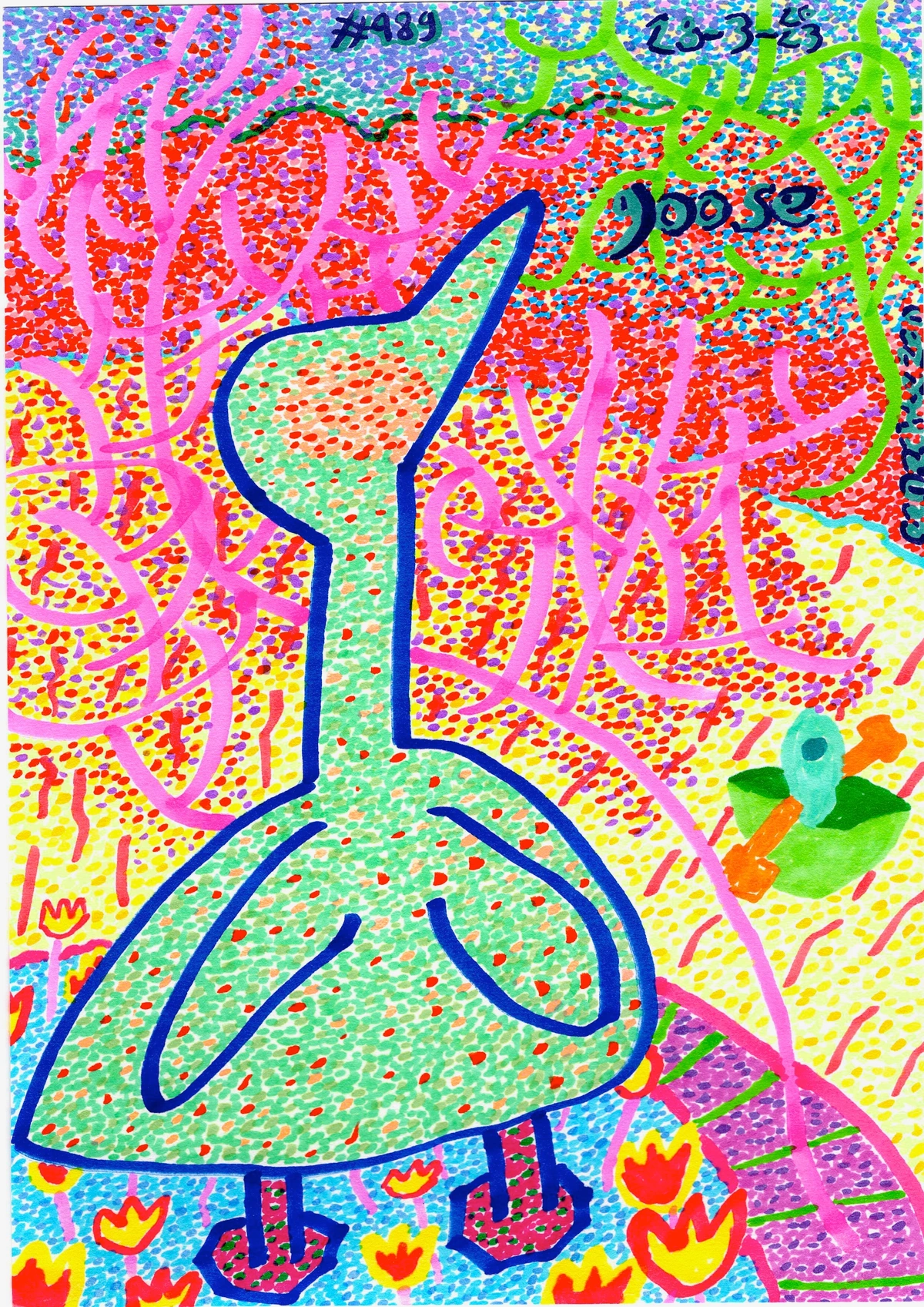
What are the stylistic characteristics of Renaissance sculpture?
Renaissance sculpture, deeply influenced by the revival of classical antiquity, emphasized idealized human forms, anatomical accuracy, emotional restraint, and a sense of balanced realism. Artists like Donatello and Michelangelo brought a profound understanding of the human body, often depicting figures in contrapposto poses, conveying natural movement and dignity. The focus was on clarity of form, harmonious proportions, and capturing a universal sense of human potential and grace, whether in religious narratives or classical themes. Think of Michelangelo's 'David' or Donatello's bronze 'David' – powerful yet serene, embodying intellectual as much as physical strength.
What are the stylistic characteristics of Baroque sculpture?
Baroque sculpture, in stark contrast, embraced drama, intense emotion, dynamic movement, and theatricality. Sculptors like Gian Lorenzo Bernini created figures caught in moments of spiritual ecstasy or intense physical action, often with swirling drapery and exaggerated gestures that activate the surrounding space. The emphasis was on drawing the viewer into the narrative, eliciting a powerful emotional response through dramatic tension, diagonals, and a rich interplay of light and shadow on textured surfaces. Think of Bernini's 'Ecstasy of Saint Teresa' or 'Apollo and Daphne' – marbles that seem to pulse with life and fervent emotion, designed to overwhelm and inspire awe. These works are less about quiet contemplation and more about a direct, visceral experience.
What is the main difference between Renaissance and Baroque art?
The main difference lies in their fundamental approach to capturing the human experience and communicating with the viewer. Renaissance art emphasizes rationality, balance, and idealized forms, with clear, often symmetrical compositions, harmonious colors, and serene, controlled expressions, inviting intellectual contemplation and appreciation of perfect beauty. It's like a perfectly composed symphony, each note in its harmonious place. Baroque art, conversely, is characterized by intense emotion, dramatic movement, and elaborate ornamentation, often using diagonal compositions, strong contrasts of light and shadow (chiaroscuro/tenebrism), rich, saturated colors, and exaggerated gestures to evoke a powerful, visceral emotional response, aiming to draw the viewer into the action or spiritual experience, making them a participant. It's more like an opera, full of dramatic crescendos and emotional flair. One seeks to uplift through perfection, the other to move through passion.
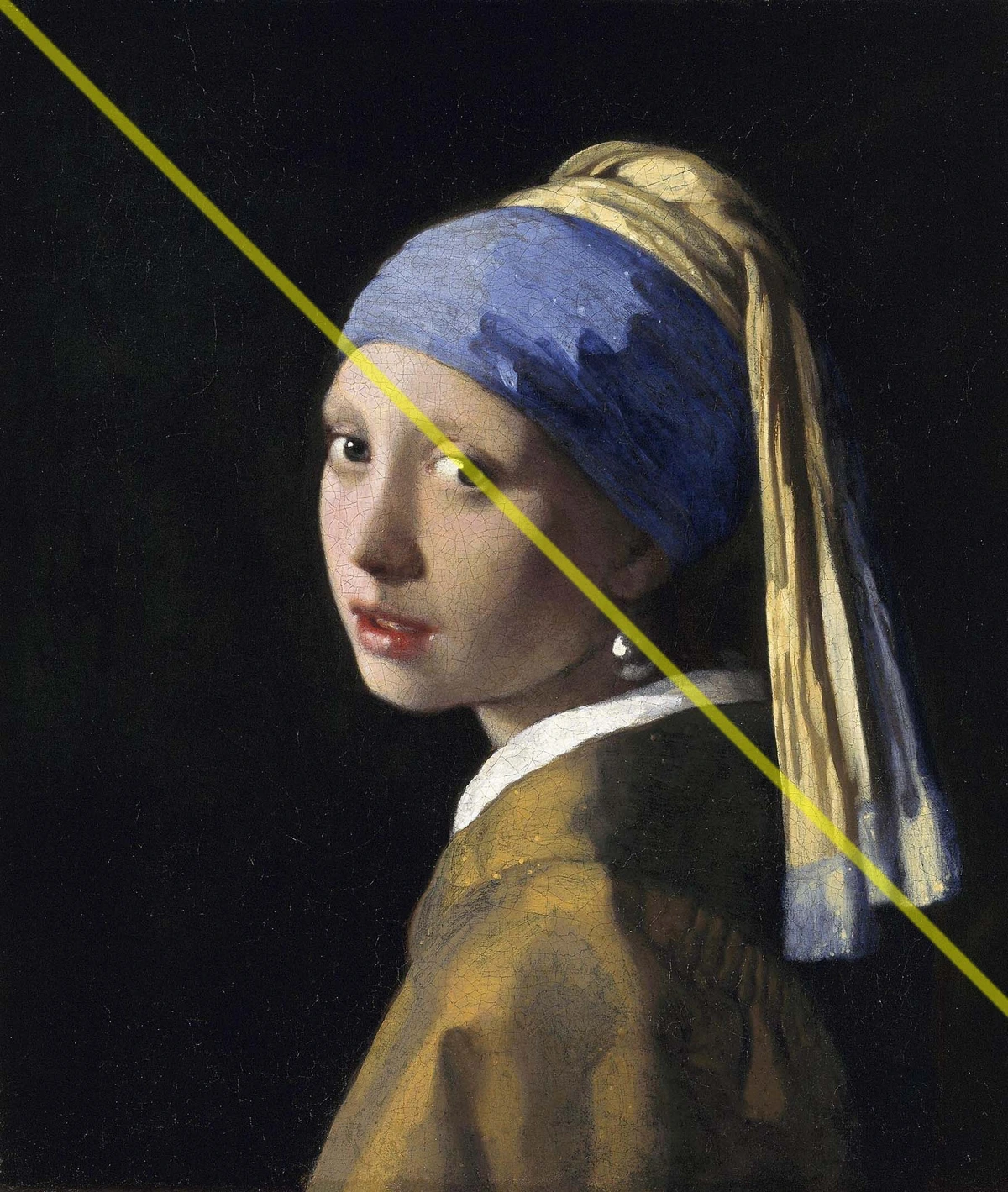
Baroque art, conversely, is characterized by intense emotion, dramatic movement, and elaborate ornamentation, often using diagonal compositions, strong contrasts of light and shadow (chiaroscuro/tenebrism), rich, saturated colors, and exaggerated gestures to evoke a powerful, visceral emotional response, aiming to draw the viewer into the action or spiritual experience, making them a participant.
What is the transition from Renaissance to Baroque called?
The transition period, particularly in the late 16th century, is often referred to as Mannerism. This style served as a bridge, departing from the High Renaissance's harmonious ideals towards more elongated figures, complex compositions, and a sense of elegant artificiality that foreshadowed the Baroque's drama. It was a period of artistic experimentation and refinement that paved the way for the next grand movement, seen in artists like Pontormo and Parmigianino in Italy, and El Greco in Spain. Think of it as the artistic equivalent of an awkward but brilliant teenager, experimenting with new ways to express themselves, pushing the boundaries of classical forms.
When did the Renaissance and Baroque periods occur?
The Renaissance period roughly spanned from the early 15th century to the late 16th century (approximately 1400-1600), typically divided into Early, High, and Late (Mannerism) phases. The Baroque period followed, beginning around 1600 and lasting until the mid-18th century (approximately 1600-1750). These dates, of course, are fluid, with significant overlaps and regional variations, but they give us a solid chronological framework to understand the progression of artistic styles across Europe.
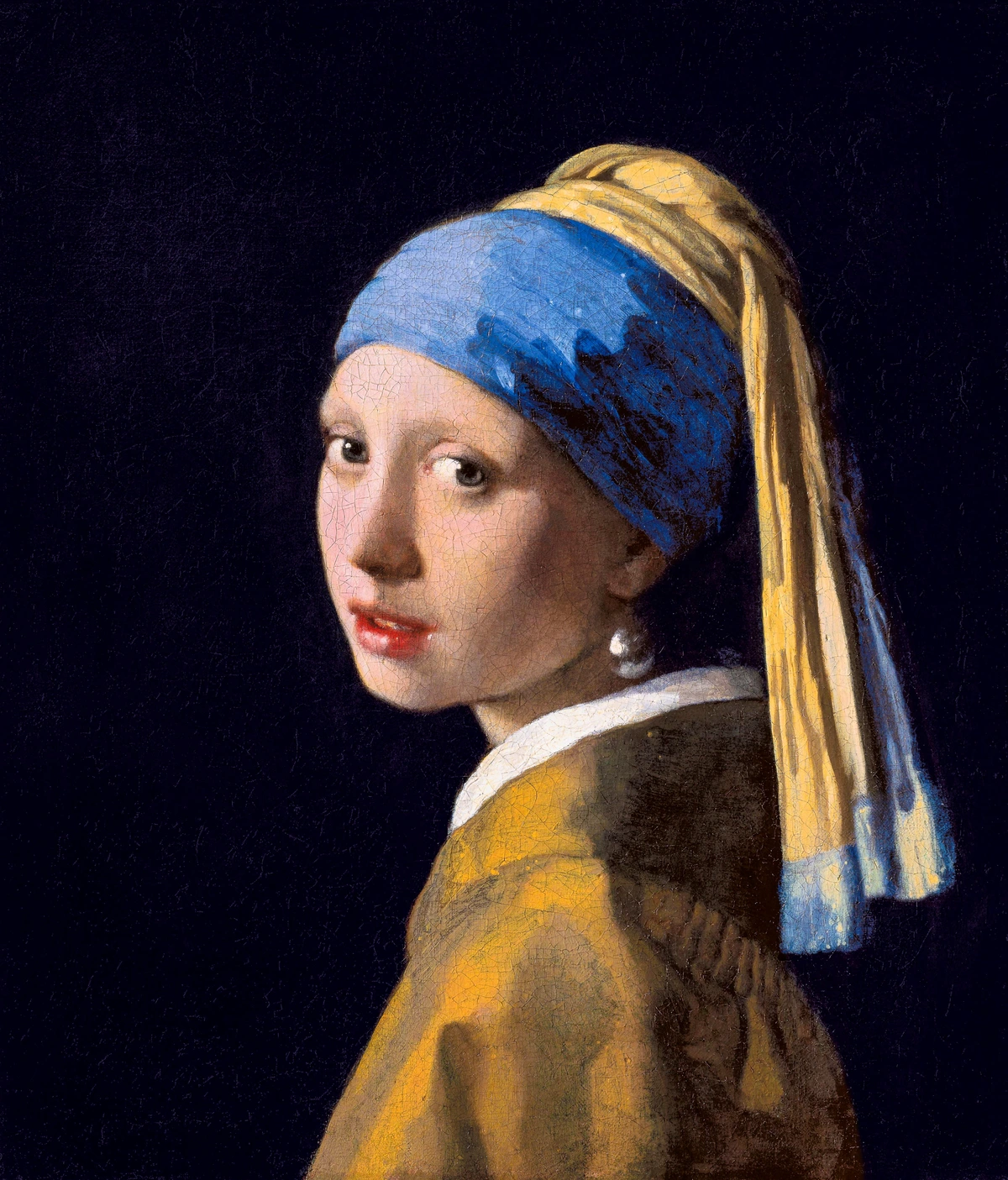
Which came first, Renaissance or Baroque?
The Renaissance came first, followed by the Baroque period. The Baroque style emerged as a natural evolution and often a deliberate reaction to the ideals of the High Renaissance, pushing for greater emotional intensity and dynamism. It's like the younger sibling, seeing what the older one did and deciding to do it, but louder and with more flair, engaging the viewer on a more visceral level than its predecessor.

What role did Venice play in the Renaissance?
Venice played a unique and crucial role in the Renaissance, developing a distinct artistic tradition that often contrasted with the Florentine emphasis on disegno (drawing and design). Venetian Renaissance artists, such as Titian, Giorgione, and Tintoretto, pioneered colorito (emphasis on color and light), creating works characterized by rich, vibrant hues, sensual textures, and a profound interest in atmospheric effects. Situated as a powerful maritime republic and a bridge between East and West, Venice's wealth from trade fostered a sophisticated patronage system that favored opulent, expressive, and often mythological or sensuous themes. The city's unique light and watery environment also contributed to the distinctive luminous quality of Venetian painting. This school's innovations in oil painting and its focus on emotional expression through color had a profound and lasting impact on the development of Western art, influencing subsequent generations well into the Baroque period.
What role did Flanders and the Netherlands play in the Baroque?
Flanders (modern-day Belgium) and the Netherlands played a pivotal, yet distinct, role in the Baroque period, often referred to as the Dutch Golden Age. Unlike the grand religious and monarchical patronage dominating Catholic Europe, the Protestant Northern Netherlands saw the rise of a burgeoning merchant class as its primary patrons. This led to a flourishing of secular art, including genre scenes (everyday life), portraits, still lifes (often with vanitas symbolism), and landscapes, reflecting the values and prosperity of the middle class. Artists like Rembrandt van Rijn, Johannes Vermeer, and Frans Hals excelled in capturing profound psychological depth, masterful light effects, and exquisite detail in their intimate and often introspective works. Meanwhile, Catholic Flanders, under Spanish rule, produced flamboyant Baroque art aligned with the Counter-Reformation, led by masters like Peter Paul Rubens, known for his exuberant altarpieces and mythological scenes. This regional divergence demonstrates the incredible adaptability of the Baroque spirit to diverse cultural, religious, and economic contexts.
Was symbolism important in both Renaissance and Baroque art?
Absolutely, symbolism was incredibly important in both periods, though it manifested in different ways. In Renaissance art, symbolism was often more subtle and integrated, drawing heavily from classical mythology, Christian theology, and humanist ideals. Objects, colors, and gestures would carry specific meanings, often requiring an educated viewer to fully decipher them. For example, lilies often symbolized purity, and certain animals might represent virtues or vices, as explored in our article on /finder/page/understanding-symbolism-in-renaissance-art. It was a language of coded meanings for the discerning eye, a visual puzzle for the intellectually curious, reinforcing moral and philosophical messages.
In Baroque art, symbolism tended to be more overt and dramatic, aiming for immediate emotional impact. While still drawing on religious and classical sources, the symbols were often presented with heightened realism or theatricality to convey spiritual truths or the transience of life. Vanitas still lifes, for instance, were laden with symbolic objects like skulls, decaying fruit, and extinguished candles to remind viewers of mortality and the fleeting nature of earthly pleasures, serving as potent memento mori. The use of light itself could be symbolic of divine revelation, illuminating spiritual truth and grace. Absolutely, symbolism was incredibly important in both periods, though it manifested in different ways. In Renaissance art, symbolism was often more subtle and integrated, drawing heavily from classical mythology, Christian theology, and humanist ideals. Objects, colors, and gestures would carry specific meanings, often requiring an educated viewer to fully decipher them. For example, lilies often symbolized purity, and certain animals might represent virtues or vices, as explored in our article on /finder/page/understanding-symbolism-in-renaissance-art. The inclusion of specific plants, garments, or even architectural features could convey complex allegorical or moral messages, creating a visual puzzle for the intellectually curious, reinforcing moral and philosophical messages. It was a language of coded meanings for the discerning eye. In Baroque art, symbolism tended to be more overt and dramatic, aiming for immediate emotional impact. While still drawing on religious and classical sources, the symbols were often presented with heightened realism or theatricality to convey spiritual truths or the transience of life. Vanitas still lifes, for instance, were laden with symbolic objects like skulls, decaying fruit, and extinguished candles to remind viewers of mortality and the fleeting nature of earthly pleasures, serving as potent memento mori. The use of light itself could be symbolic of divine revelation, illuminating spiritual truth and grace, making the message palpable and immediate. They both used symbolism, but one whispered its secrets while the other proclaimed them from the rooftops, ensuring its message was clearly and powerfully received.
Who are some famous Renaissance artists?
Key Renaissance artists include Leonardo da Vinci, known for "Mona Lisa" and "The Last Supper," and his mastery of sfumato and anatomical precision; Michelangelo, celebrated for "David," the Sistine Chapel ceiling, and the "Pietà," embodying a powerful 'terribilità'; and Raphael, famous for his serene Madonnas and monumental frescoes in the Vatican, such as the 'School of Athens'. Other notable Italian figures include Botticelli ("The Birth of Venus" and "Primavera"), Donatello (a pioneering sculptor with works like his bronze 'David'), and Titian (Venetian master of color, famous for portraits and mythological scenes). In the Northern Renaissance, Jan van Eyck (with the Ghent Altarpiece) and Albrecht Dürer (master printmaker) are foundational figures. Key Renaissance artists include Leonardo da Vinci, known for "Mona Lisa" and "The Last Supper," and his mastery of sfumato and anatomical precision, embodying the ideal "Renaissance Man"; Michelangelo, celebrated for "David," the Sistine Chapel ceiling, and the "Pietà," embodying a powerful 'terribilità' and profound exploration of the human form; and Raphael, famous for his serene Madonnas and monumental frescoes in the Vatican, such as the 'School of Athens,' renowned for their grace and compositional harmony. Other notable Italian figures include Botticelli ("The Birth of Venus" and "Primavera"), whose lyrical style brought classical mythology to life; Donatello (a pioneering sculptor with works like his bronze 'David'), who revolutionized three-dimensional representation; and Titian (Venetian master of color, famous for portraits and mythological scenes), who challenged Florentine disegno with his colorito. In the Northern Renaissance, Jan van Eyck (with the Ghent Altarpiece) and Albrecht Dürer (master printmaker) are foundational figures, celebrated for their meticulous detail and intense naturalism. These are the giants on whose shoulders much of Western art stands, each contributing uniquely to the era's diverse artistic landscape.

So yes, both periods were rich with symbolic meaning, offering layers of interpretation for the engaged viewer.
Who are some famous Baroque artists?
Prominent Baroque artists include Caravaggio, famous for his revolutionary use of tenebrism and brutal realism in works like 'The Calling of Saint Matthew'; Gian Lorenzo Bernini, a master sculptor and architect whose works like the "Ecstasy of Saint Teresa" and the Baldacchino define the era's drama and Gesamtkunstwerk approach; Peter Paul Rubens, known for his exuberant, dynamic, and colorful paintings like 'The Elevation of the Cross'; and Rembrandt van Rijn, celebrated for his profound psychological depth and unparalleled mastery of light and shadow in the Dutch Golden Age, seen in 'The Night Watch'. Artemisia Gentileschi is also a significant female Baroque artist known for her powerful and often intense works that frequently feature strong female protagonists, such as 'Judith Slaying Holofernes'. Other key figures include Diego Velázquez (Spanish court painter, famous for 'Las Meninas') and Johannes Vermeer (Dutch master of intimate domestic scenes, like 'Girl with a Pearl Earring'). Prominent Baroque artists include Caravaggio, famous for his revolutionary use of tenebrism and brutal realism in works like 'The Calling of Saint Matthew,' making sacred events shockingly immediate; Gian Lorenzo Bernini, a master sculptor and architect whose works like the "Ecstasy of Saint Teresa" and the Baldacchino define the era's drama and Gesamtkunstwerk approach; Peter Paul Rubens, known for his exuberant, dynamic, and colorful paintings like 'The Elevation of the Cross,' embodying Flemish Baroque sensuality; and Rembrandt van Rijn, celebrated for his profound psychological depth and unparalleled mastery of light and shadow in the Dutch Golden Age, seen in 'The Night Watch' and his introspective self-portraits. Artemisia Gentileschi is also a significant female Baroque artist known for her powerful and often intense works that frequently feature strong female protagonists, such as 'Judith Slaying Holofernes'. Other key figures include Diego Velázquez (Spanish court painter, famous for 'Las Meninas'), a master of psychological portraiture and artistic illusion; and Johannes Vermeer (Dutch master of intimate domestic scenes, like 'Girl with a Pearl Earring'), whose luminous interiors capture quiet moments with exquisite detail. This is a roster of artists who weren't afraid to push boundaries and challenge conventions, each leaving an indelible mark on art history.

Are there any significant female artists from these periods?
Absolutely! While art history traditionally focused on male artists, there were remarkable female artists who made significant contributions. In the Renaissance, while opportunities were more limited, figures like Sofonisba Anguissola and Lavinia Fontana distinguished themselves, particularly in portraiture, gaining international acclaim and challenging conventional roles for women. However, it was in the Baroque period that female artists truly shone with greater prominence. Artemisia Gentileschi is perhaps the most famous, known for her powerful, dramatic, and often intense paintings, frequently depicting strong female protagonists from biblical or mythological narratives, infused with personal experience and Caravaggesque tenebrism. Other notable Baroque female artists include Clara Peeters (a pioneering still-life painter in Flanders) and Elisabetta Sirani (a prolific and highly successful painter in Bologna). These women navigated societal constraints to achieve artistic excellence, leaving an indelible mark on art history.
How did the concept of the "artist" change during these periods?
The concept of the "artist" underwent a significant transformation during these periods. In the Renaissance, the artist began to rise from the status of a mere craftsman to that of an intellectual, a scholar, and even a genius. Figures like Leonardo da Vinci and Michelangelo epitomized the "Renaissance Man" – polymaths revered for their diverse talents and intellectual prowess. Artists studied anatomy, mathematics (for perspective), and classical literature, aligning themselves with humanists and philosophers. They were seen as creators, not just skilled laborers. By the Baroque era, while craftsmanship remained vital, the artist's role evolved further to become a dramatist, a storyteller, and often a spiritual guide. Artists like Bernini were celebrated for their ability to integrate various art forms into a Gesamtkunstwerk, transforming spaces and evoking powerful emotional and spiritual responses. The rise of academies also formalized artistic training and elevated the artist's professional status, solidifying their position as influential figures in society, capable of shaping public opinion and devotion. This shift from anonymous craftsman to celebrated visionary is one of the most enduring legacies of these eras.
How did the Scientific Revolution impact Baroque art?
The Scientific Revolution, with figures like Galileo and Newton, profoundly influenced the Baroque era, though perhaps not always directly in thematic content. The era's fascination with observation and understanding the natural world, coupled with advancements in optics and the invention of the telescope and microscope, certainly informed the meticulous realism and dramatic use of light in painting. Baroque artists, in their quest for heightened naturalism and dramatic effect, often applied principles of anatomy and perspective with a new level of scientific rigor, even as they aimed for emotional rather than purely objective truth. The drive for illusionism in architecture and ceiling frescoes also relied on a sophisticated understanding of geometry and visual perception, echoing the era's broader intellectual curiosity about how the world worked. The Scientific Revolution, with figures like Galileo and Newton, profoundly influenced the Baroque era, though perhaps not always directly in thematic content. The era's fascination with observation and understanding the natural world, coupled with advancements in optics and the invention of the telescope and microscope, certainly informed the meticulous realism and dramatic use of light in painting. Baroque artists, in their quest for heightened naturalism and dramatic effect, often applied principles of anatomy and perspective with a new level of scientific rigor, even as they aimed for emotional rather than purely objective truth. For instance, the understanding of light's behavior influenced the theatrical effects of tenebrism, and advances in mechanics could be seen in the dynamic, gravity-defying sculptures. The drive for illusionism in architecture and ceiling frescoes also relied on a sophisticated understanding of geometry and visual perception, echoing the era's broader intellectual curiosity about how the world worked. It's a fascinating paradox: the age of reason simultaneously embraced the most fervent emotion in its art, reflecting a complex interplay between scientific discovery and spiritual expression.
What role did the Printing Press play?
The Printing Press, invented in the mid-15th century, was a game-changer for both periods, though its impact diversified over time. In the Renaissance, it democratized knowledge, spreading humanist texts, classical literature, and even artistic theories (like Alberti's architectural treatises) across Europe faster than ever before. This facilitated the widespread adoption of Renaissance ideals and artistic innovations, enabling artists and thinkers to engage with a broader intellectual landscape. For the Baroque, it became a crucial tool for the Counter-Reformation to disseminate religious pamphlets, tracts, and imagery, reinforcing Catholic doctrine and challenging Protestant ideas. It also helped circulate artistic prints and engravings, spreading the Baroque style and the fame of its artists far and wide, influencing tastes and inspiring artists across different regions and fostering a broader appreciation for art. The Printing Press, invented in the mid-15th century, was a game-changer for both periods, though its impact diversified over time. In the Renaissance, it democratized knowledge, spreading humanist texts, classical literature, and even artistic theories (like Alberti's architectural treatises) across Europe faster than ever before. This facilitated the widespread adoption of Renaissance ideals and artistic innovations, enabling artists and thinkers to engage with a broader intellectual landscape, fostering a more informed and literate public. For the Baroque, it became a crucial tool for the Counter-Reformation to disseminate religious pamphlets, tracts, and imagery, reinforcing Catholic doctrine and challenging Protestant ideas. It also helped circulate artistic prints and engravings, spreading the Baroque style and the fame of its artists far and wide, influencing tastes and inspiring artists across different regions and fostering a broader appreciation for art. This accelerated the exchange of ideas and visual motifs, making artistic trends more interconnected than ever before. It essentially amplified the reach of both artistic movements and their underlying ideologies, accelerating cultural exchange and artistic development.
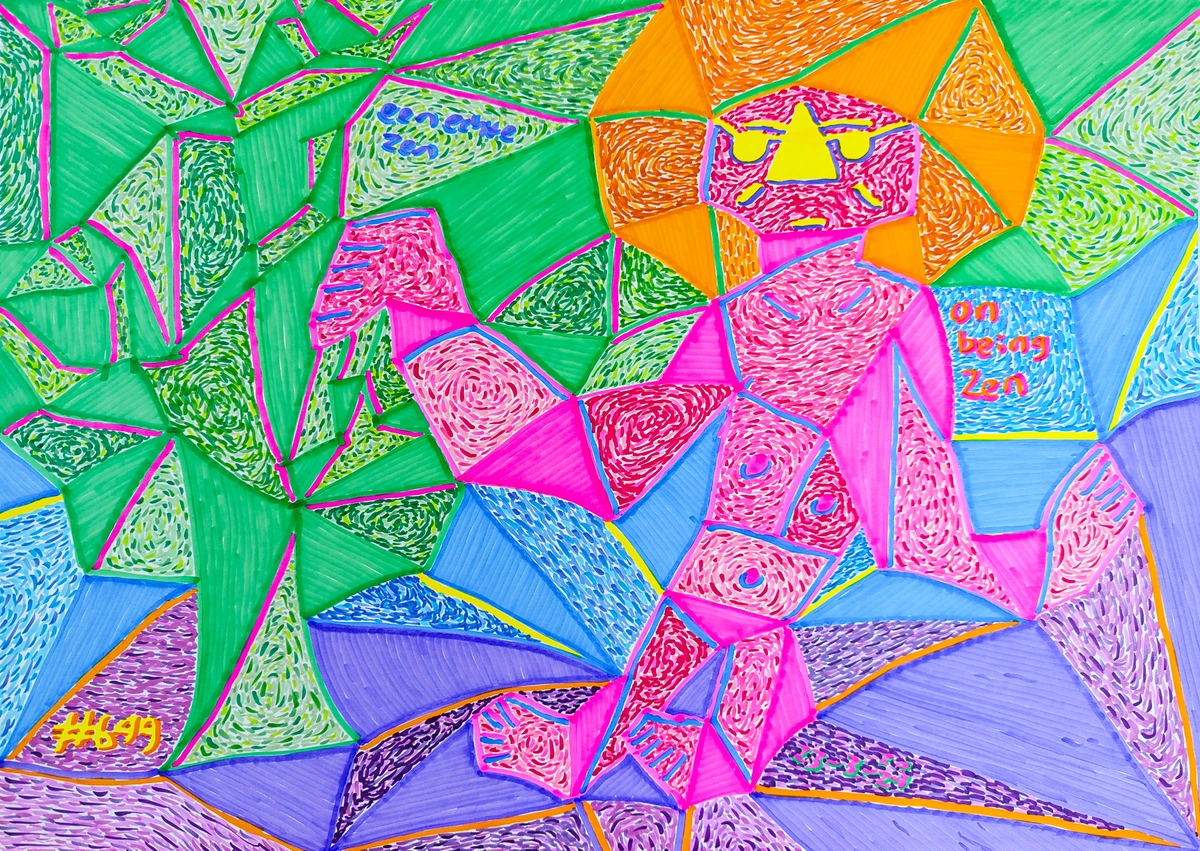
How did humanism affect Renaissance society beyond art?
Humanism was a transformative intellectual movement that touched every facet of Renaissance society, extending far beyond the realm of art. It fostered a renewed emphasis on education, leading to the establishment of new schools and a curriculum focused on the humanities (grammar, rhetoric, poetry, history, moral philosophy). This cultivated well-rounded, civically engaged individuals, capable of critical thought and eloquent expression. Politically, humanists engaged in debates about good governance and the ideal citizen, influencing the development of civic republics and inspiring new forms of political philosophy. Socially, it promoted individual achievement and public service, shifting focus from purely spiritual contemplation to active engagement in earthly life and the pursuit of individual excellence. It also encouraged critical inquiry and a more secular outlook, laying some groundwork for future scientific advancements and even, indirectly, the Reformation. Humanism was a transformative intellectual movement that touched every facet of Renaissance society, extending far beyond the realm of art. It fostered a renewed emphasis on education, leading to the establishment of new schools and a curriculum focused on the humanities (grammar, rhetoric, poetry, history, moral philosophy). This cultivated well-rounded, civically engaged individuals, capable of critical thought and eloquent expression, embodying the ideal of virtù. Politically, humanists engaged in debates about good governance and the ideal citizen, influencing the development of civic republics and inspiring new forms of political philosophy, sometimes even questioning traditional structures. Socially, it promoted individual achievement and public service, shifting focus from purely spiritual contemplation to active engagement in earthly life and the pursuit of individual excellence, leading to a more meritocratic outlook. It also encouraged critical inquiry and a more secular outlook, laying some groundwork for future scientific advancements and even, indirectly, the Reformation. It was an intellectual tide that lifted all boats, so to speak, fundamentally changing how people viewed themselves and their place in the world, fostering an unprecedented period of cultural and intellectual flourishing.
How did religion influence these art movements?
Religion profoundly influenced both movements, albeit in distinct ways. Renaissance art often depicted religious themes with a focus on idealized human forms and narratives, reflecting humanism's influence even in sacred contexts, emphasizing human dignity and divine order and the rational beauty of creation. For the Baroque, the Counter-Reformation was a primary driver, with the Catholic Church commissioning highly dramatic, emotional, and awe-inspiring religious art to inspire devotion, awe, and reaffirm its authority against the rise of Protestantism. This often involved depicting miraculous events, martyrdoms, and visions designed to stir the faithful and re-emphasize Catholic dogma with overwhelming visual rhetoric. Protestant art, particularly in the Dutch Golden Age, focused more on biblical narratives and secular themes, reflecting different religious values and a rejection of Catholic opulence and grandiosity, favoring humility and domestic piety. Religion profoundly influenced both movements, albeit in distinct ways. Renaissance art often depicted religious themes with a focus on idealized human forms and narratives, reflecting humanism's influence even in sacred contexts, emphasizing human dignity and divine order and the rational beauty of creation. Major commissions for cathedrals, chapels, and private devotionals underscored the pervasive role of faith in daily life and its patronage. For the Baroque, the Counter-Reformation was a primary driver, with the Catholic Church commissioning highly dramatic, emotional, and awe-inspiring religious art to inspire devotion, awe, and reaffirm its authority against the rise of Protestantism. This often involved depicting miraculous events, martyrdoms, and visions designed to stir the faithful and re-emphasize Catholic dogma with overwhelming visual rhetoric, as seen in grand altarpieces and ceiling frescoes. Protestant art, particularly in the Dutch Golden Age, focused more on biblical narratives and secular themes, reflecting different religious values and a rejection of Catholic opulence and grandiosity, favoring humility and domestic piety and promoting personal reflection. It’s a clear demonstration of how art can be both an expression of faith and a powerful tool for religious institutions and their differing theological stances.
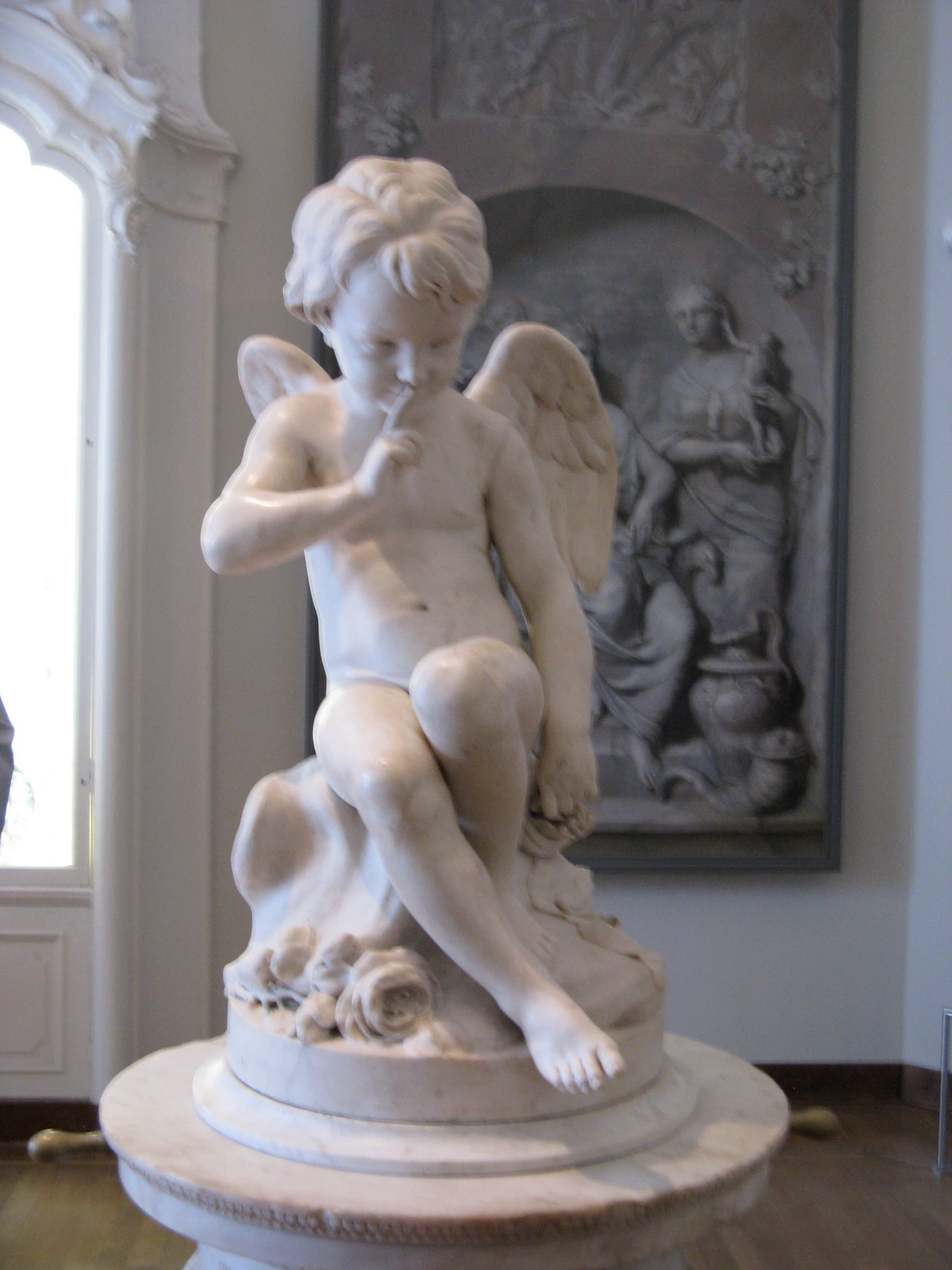
What came after the Baroque period?
Following the Baroque, the Rococo movement emerged in the early 18th century, primarily in France, as a lighter, more whimsical, and ornamental evolution. It retained some of the Baroque's flair for drama but shifted to a more intimate scale, emphasizing delicate pastels, curvilinear forms, and playful aristocratic themes, as you can read more about in our article on /finder/page/the-history-of-rococo-art-elegance-playfulness-and-grandeur. This was followed by Neoclassicism in the mid-18th century, which represented a direct reaction against the excesses of both Rococo and Baroque, returning to the severe, moralistic, and rational ideals of classical antiquity, emphasizing clarity, order, and civic virtue, a principle you can delve into further with /finder/page/the-principles-of-neoclassicism-in-art. Following the Baroque, the Rococo movement emerged in the early 18th century, primarily in France, as a lighter, more whimsical, and ornamental evolution. It retained some of the Baroque's flair for drama but shifted to a more intimate scale, emphasizing delicate pastels, curvilinear forms, and playful aristocratic themes, as you can read more about in our article on /finder/page/the-history-of-rococo-art-elegance-playfulness-and-grandeur. This was characterized by a move from grand public statements to more private, interior decorations, reflecting the changing social dynamics of the aristocracy. This was followed by Neoclassicism in the mid-18th century, which represented a direct reaction against the excesses of both Rococo and Baroque, returning to the severe, moralistic, and rational ideals of classical antiquity, emphasizing clarity, order, and civic virtue, a principle you can delve into further with /finder/page/the-principles-of-neoclassicism-in-art. This shift was fueled by the Enlightenment's emphasis on reason and a rediscovery of ancient Roman sites like Pompeii and Herculaneum. These shifts demonstrate the continuous push and pull of artistic trends, each building upon or reacting against its predecessors.
Wrapping it Up: My Enduring Fascination
Honestly, the more I delve into art history, the more I realize it's not just about dusty old paintings or esoteric theories. It’s about people – real people with real struggles, profound beliefs, and an incredible, relentless capacity to create beauty and meaning from their experiences. The journey from the serene balance and human-centric focus of the Renaissance to the intense drama and divine spectacle of the Baroque isn't just a timeline of styles; it's a profound testament to the endless possibilities of human expression and the dynamic evolution of cultural values. These movements, in their contrasts and continuities, teach us about the cyclical nature of human thought, the push and pull between order and chaos, reason and emotion, the individual and the divine. They are a mirror reflecting who we were, and by extension, who we still are, grappling with similar questions of meaning and purpose. It's a continuous, unfolding story, and we are all part of it, witnessing the enduring human quest to understand ourselves and our place in the universe through creative expression.
So next time you're in a museum, take a moment to really look. Let go of preconceptions, immerse yourself in the light, the color, the emotion, and perhaps you'll start to hear that grand dialogue unfolding before your very eyes – a conversation well worth listening to, a story well worth understanding, and a reflection on our shared human journey.
As an artist exploring contemporary and abstract themes myself, looking back at these foundational periods is like studying the very grammar of visual storytelling – the fundamental principles of impact. It teaches you about composition, the psychology of color, the power of light, and how to evoke emotion, even if your medium and style are vastly different from a 17th-century master. It’s a profound reminder that every artistic choice, every stroke of paint or chisel mark, is a dialogue with what came before, a push and pull between tradition and innovation, a quiet (or sometimes very loud!) conversation across centuries. Maybe you'll see some of these echoes, this eternal dialogue between order and chaos, serenity and drama, in my own work – even if expressed through abstract forms and vibrant colors. Each piece I create is, in a way, a continuation of this grand conversation, a reflection on how these fundamental artistic choices still resonate today. So, I truly hope you'll take a moment to explore my latest creations when you /buy a print or perhaps even visit my /den-bosch-museum exhibition – I hope you do! Or, if you're interested in how these foundational movements laid the groundwork for everything that came after, check out our /timeline of art history. Every stroke, every chisel mark, every vibrant color you see, is a piece of that ongoing human story, and I find that absolutely thrilling. So next time you're in a museum, take a moment to really look. Let go of preconceptions, immerse yourself in the light, the color, the emotion, and perhaps you'll start to hear that grand dialogue unfolding before your very eyes – a conversation well worth listening to, a story well worth understanding, and a reflection on our shared human journey.
As an artist exploring contemporary and abstract themes myself, looking back at these foundational periods is like studying the very grammar of visual storytelling – the fundamental principles of impact. It teaches you about composition, the psychology of color, the power of light, and how to evoke emotion, even if your medium and style are vastly different from a 17th-century master. It’s a profound reminder that every artistic choice, every stroke of paint or chisel mark, is a dialogue with what came before, a push and pull between tradition and innovation, a quiet (or sometimes very loud!) conversation across centuries. Maybe you'll see some of these echoes, this eternal dialogue between order and chaos, serenity and drama, in my own work – even if expressed through abstract forms and vibrant colors. Each piece I create is, in a way, a continuation of this grand conversation, a reflection on how these fundamental artistic choices still resonate today. So, I truly hope you'll take a moment to explore my latest creations when you /buy a print or perhaps even visit my /den-bosch-museum exhibition – I hope you do! Or, if you're interested in how these foundational movements laid the groundwork for everything that came after, check out our /timeline of art history. Every stroke, every chisel mark, every vibrant color you see, is a piece of that ongoing human story, and I find that absolutely thrilling. It’s a story we’re all still writing, with every new piece of art that enters the world, from the grand narratives of the past to the abstract expressions of today.

